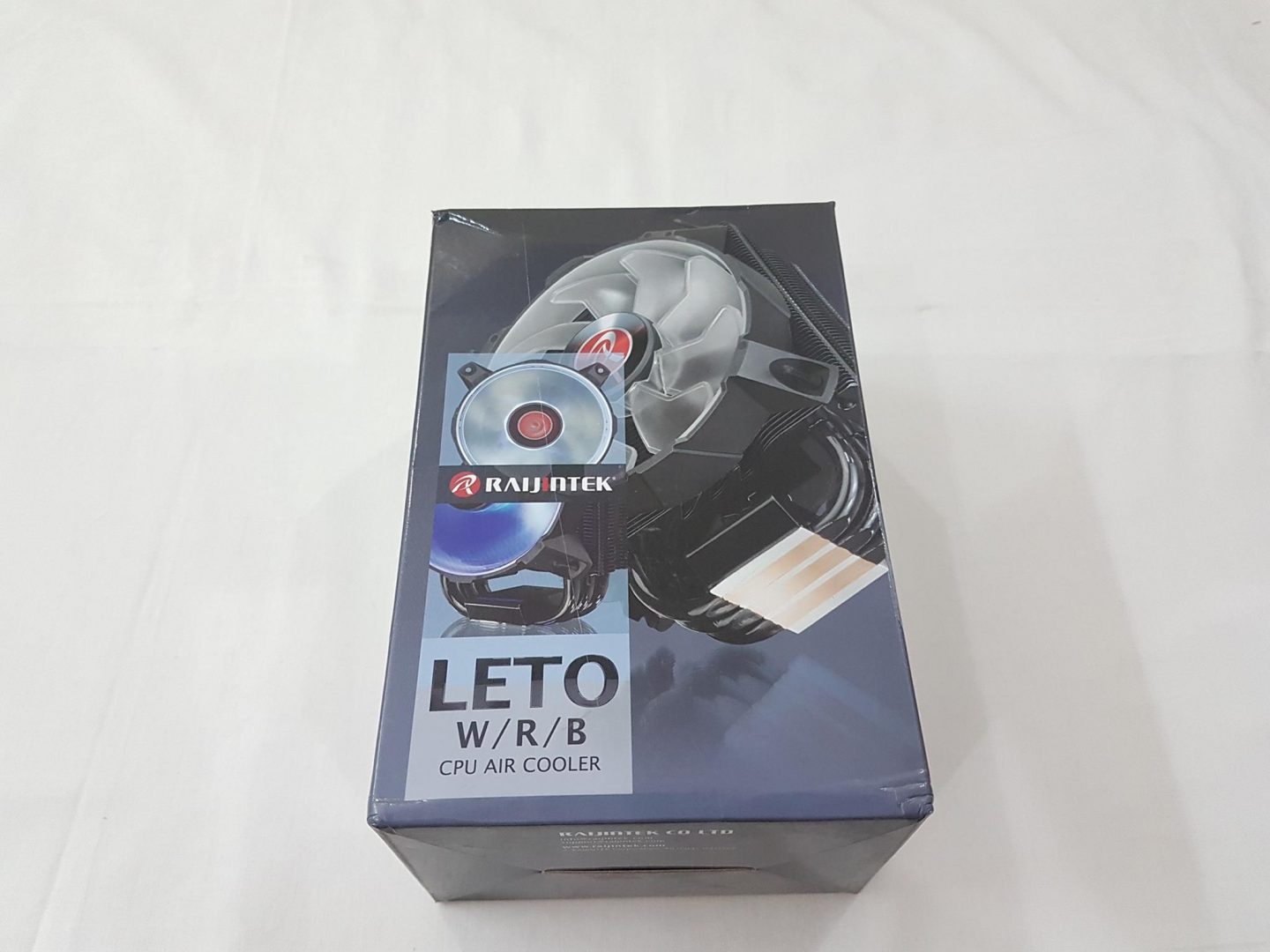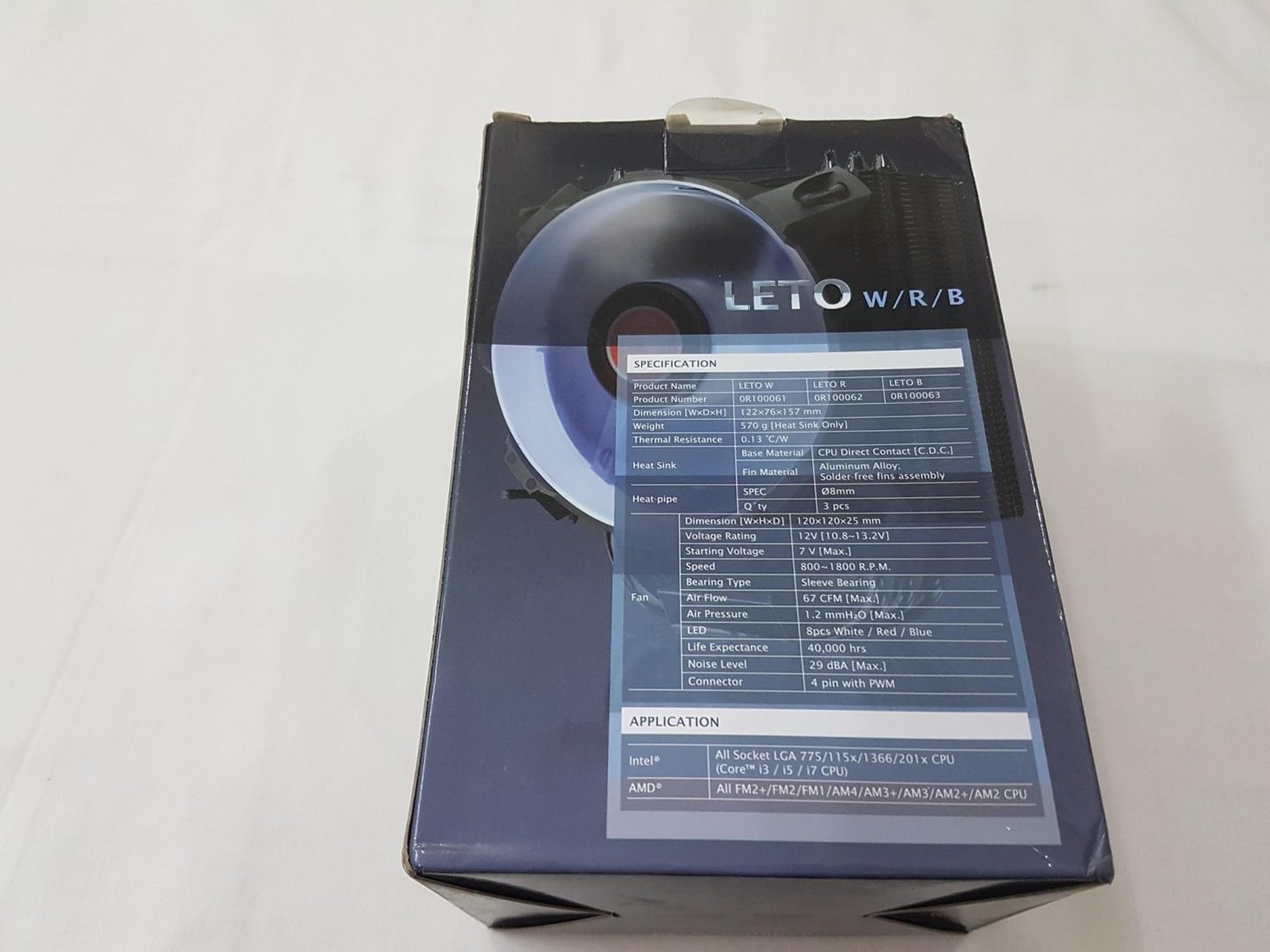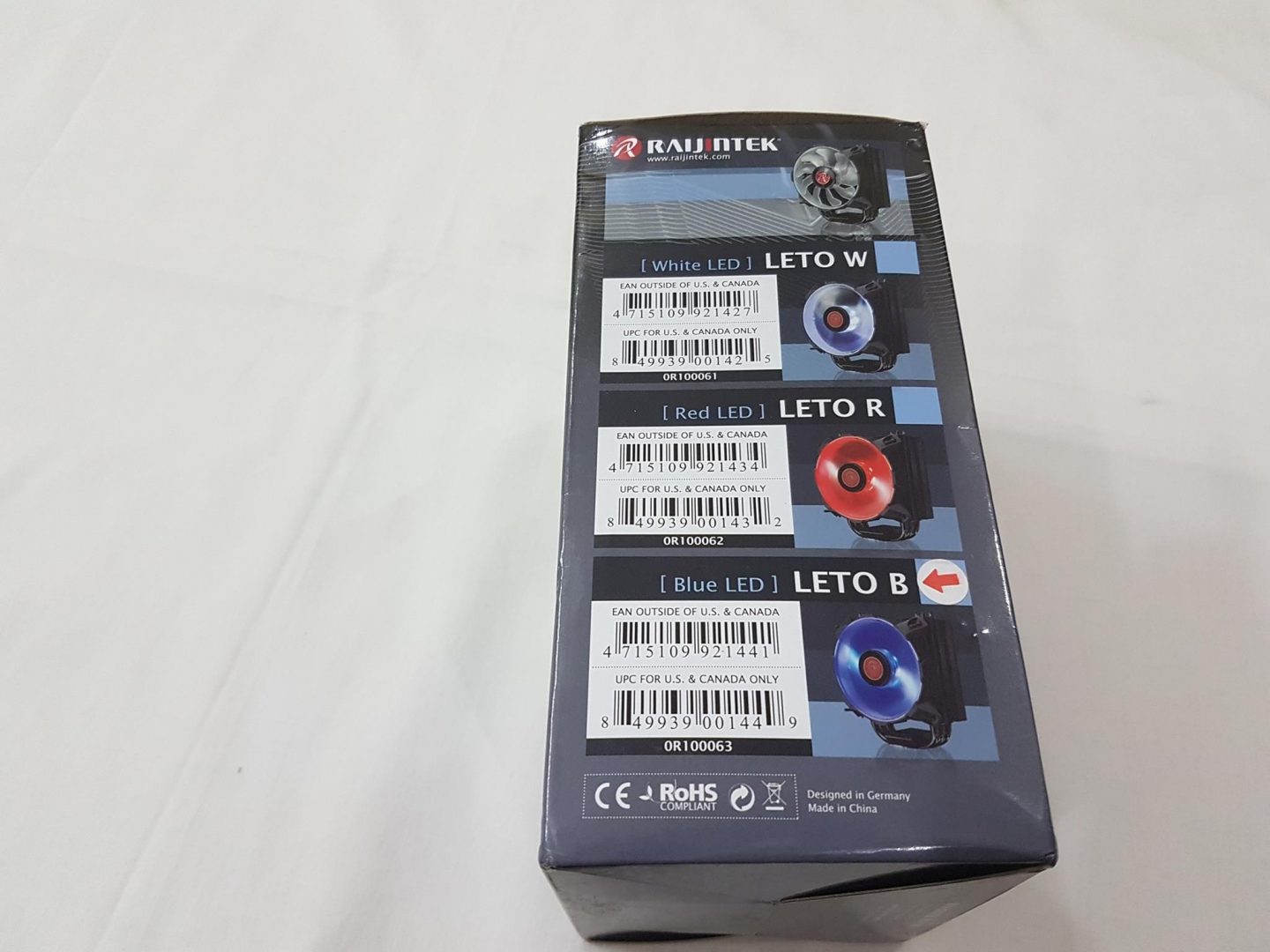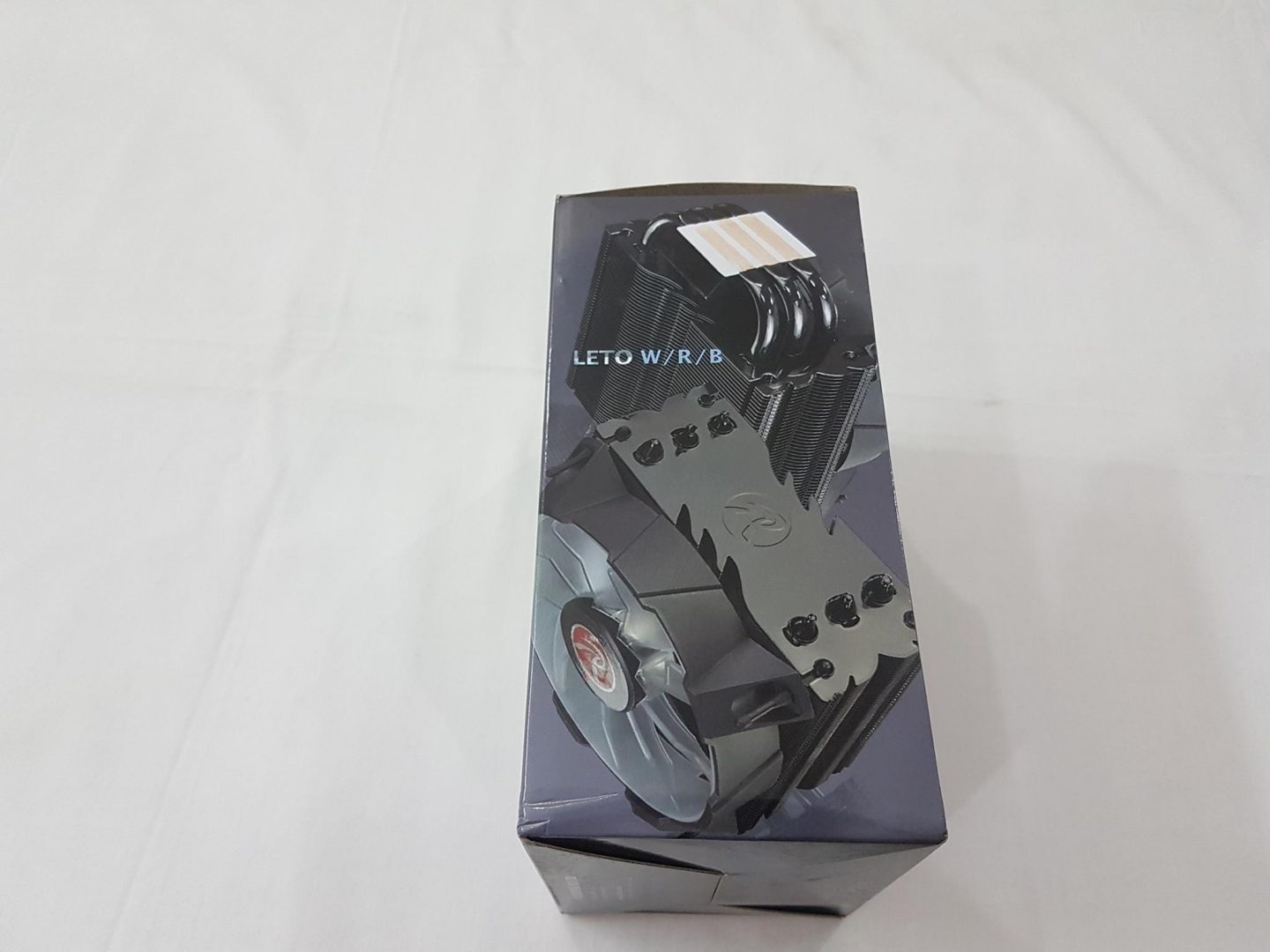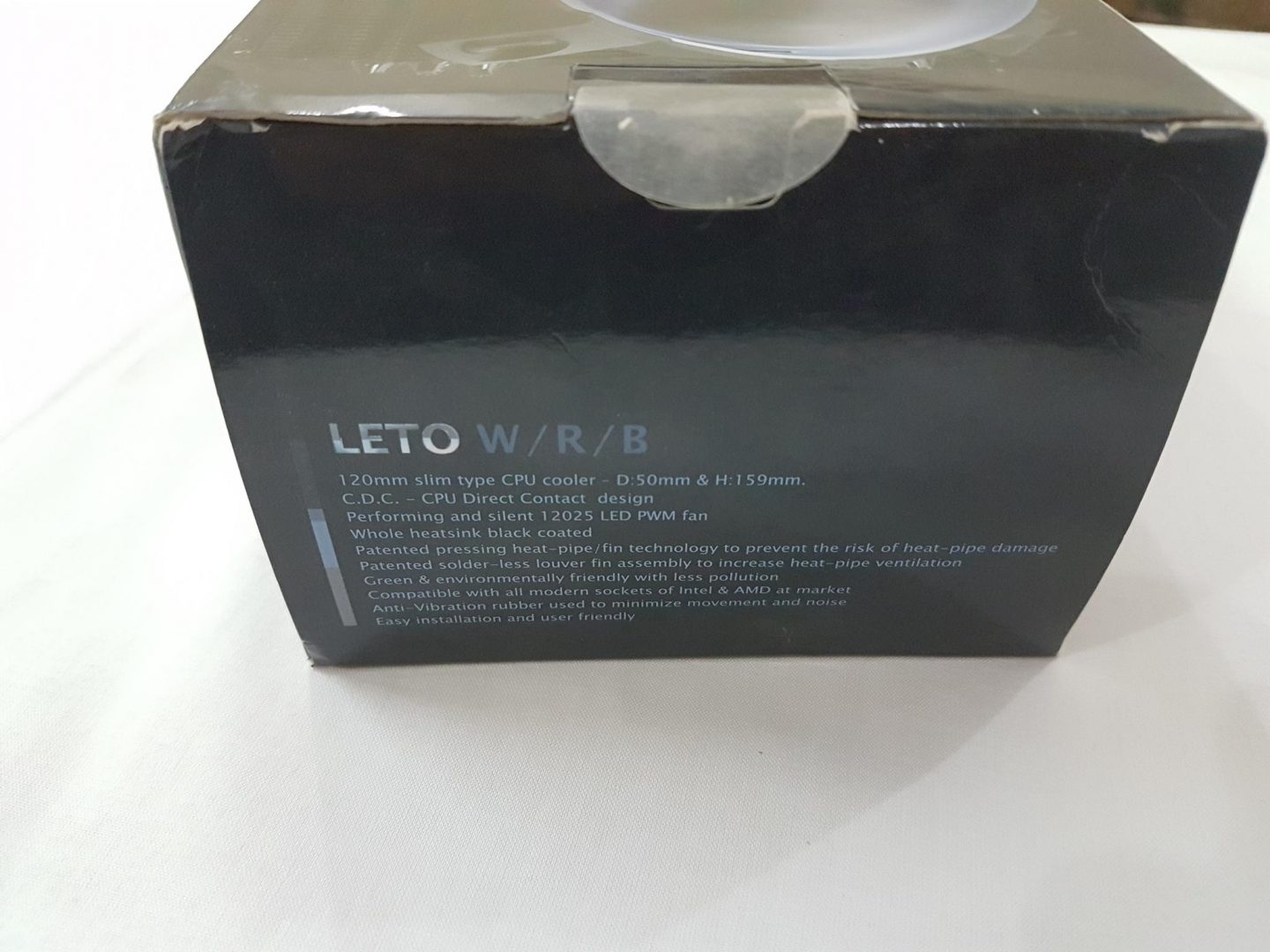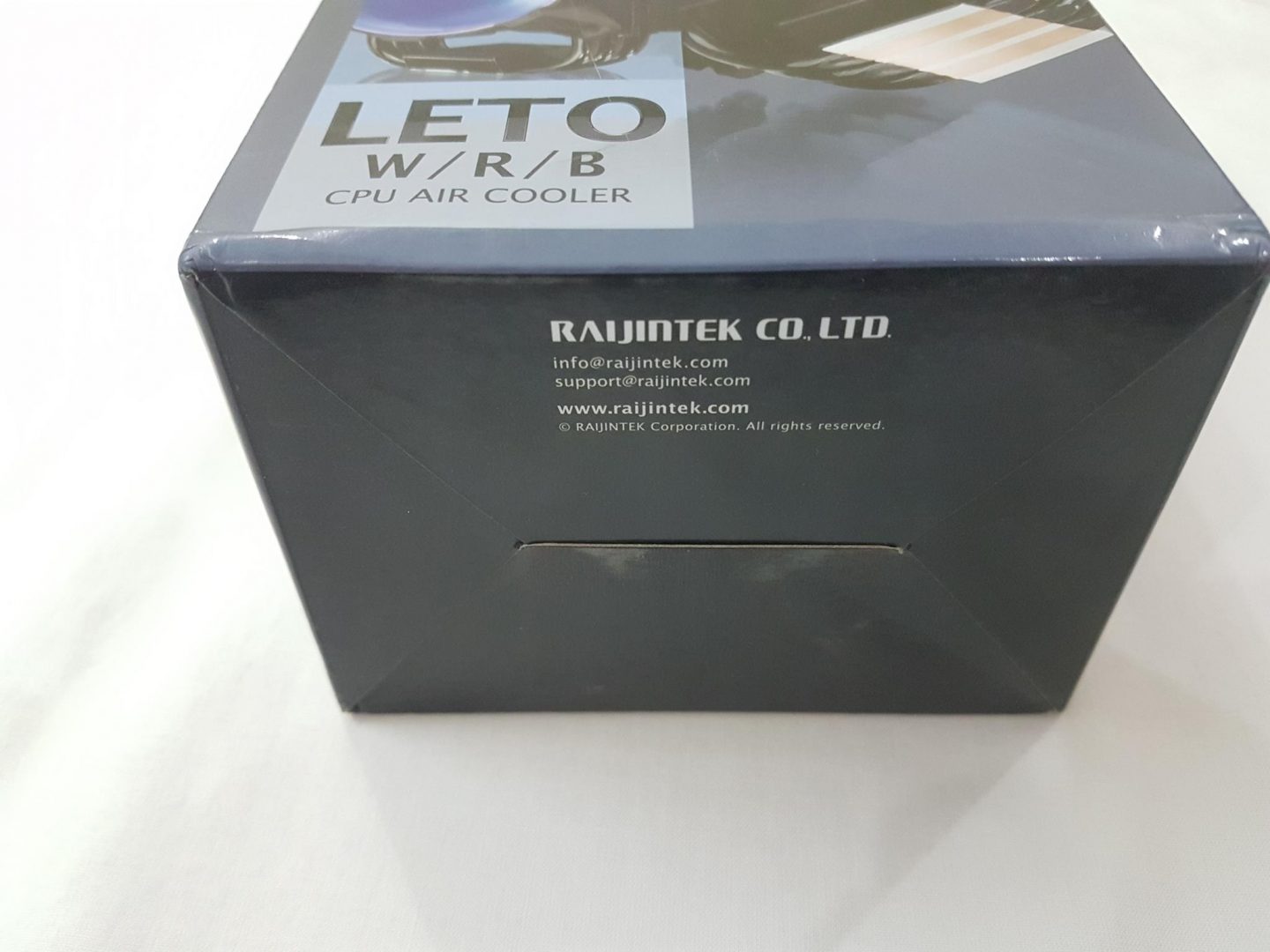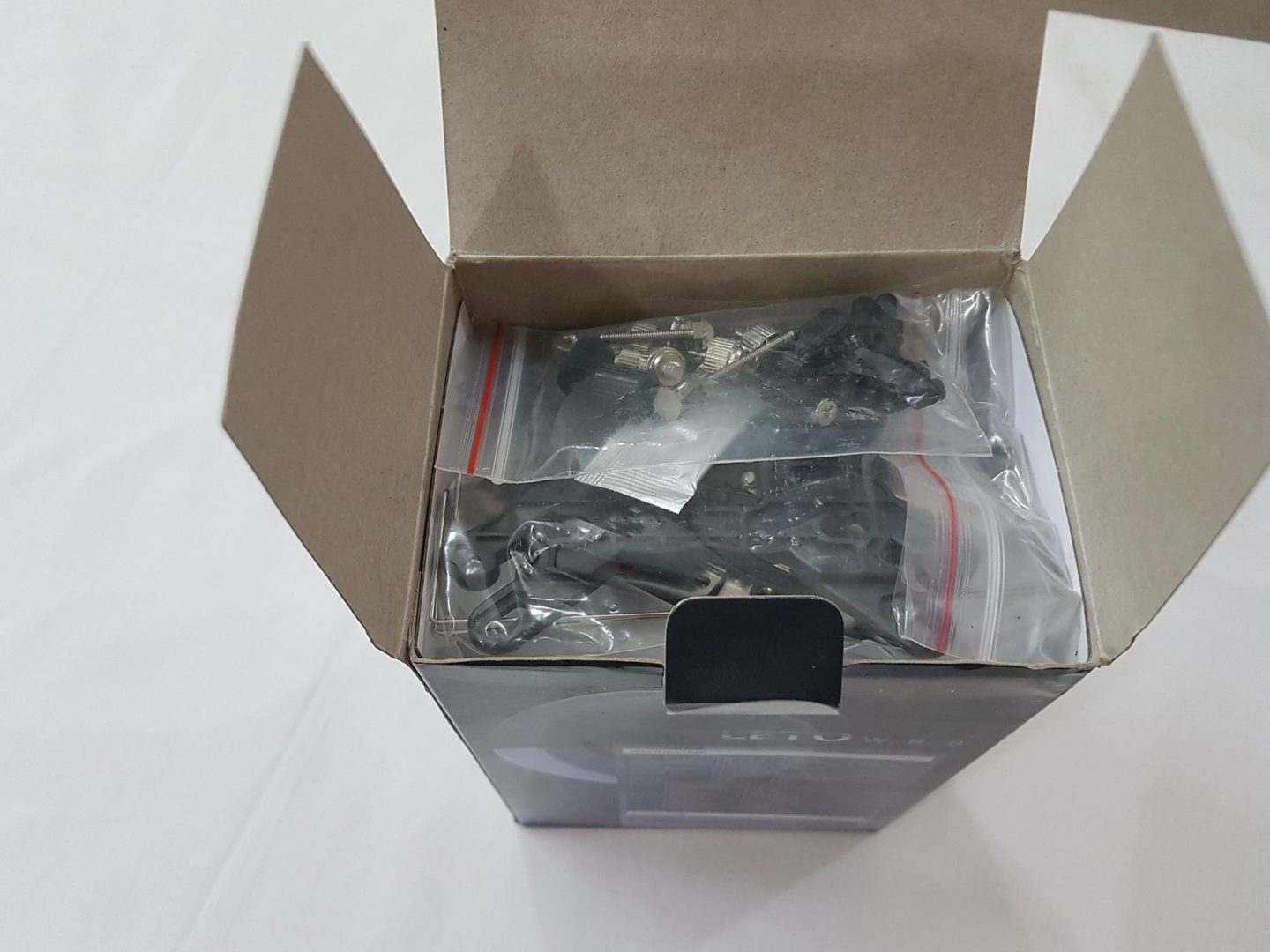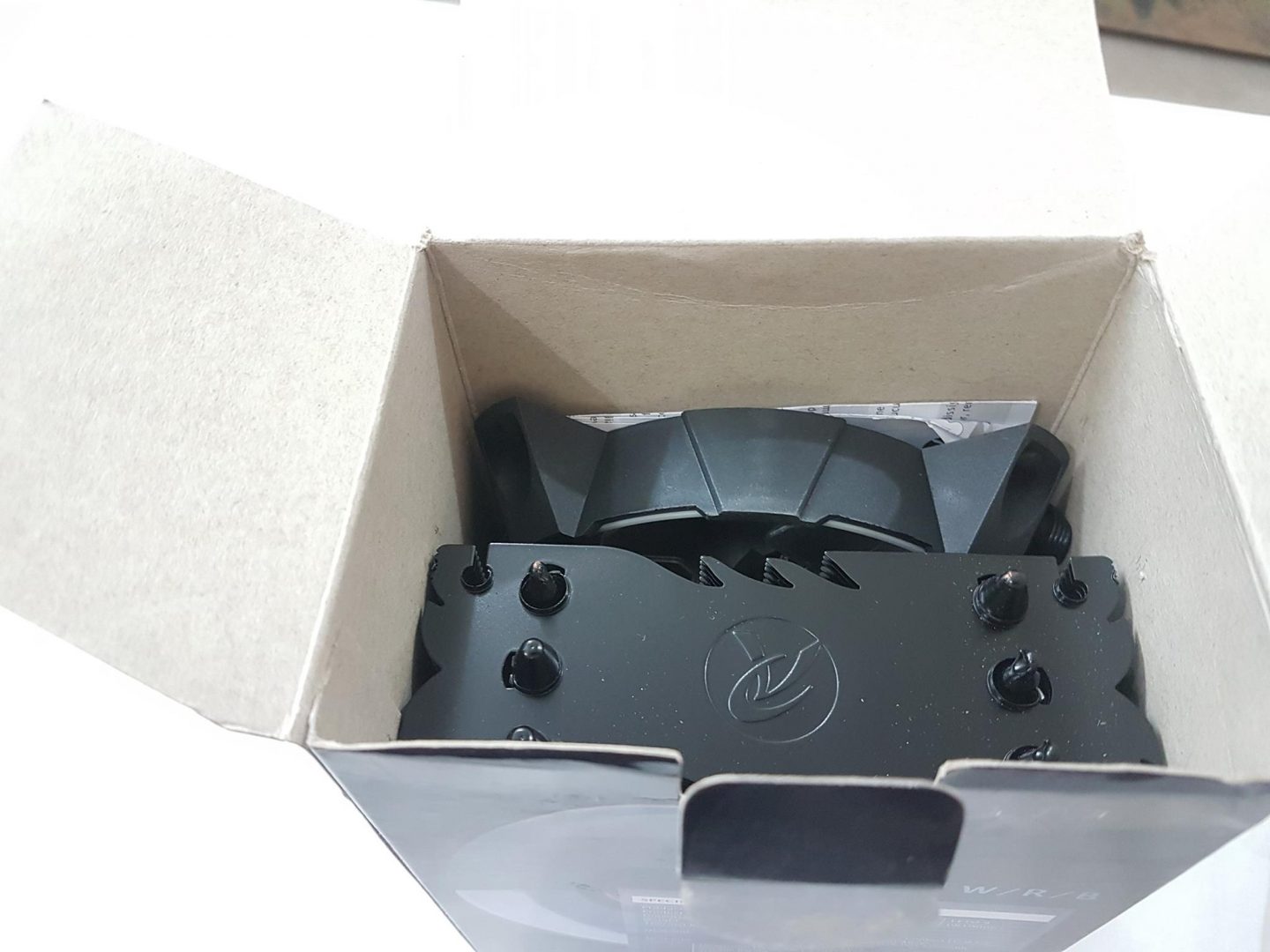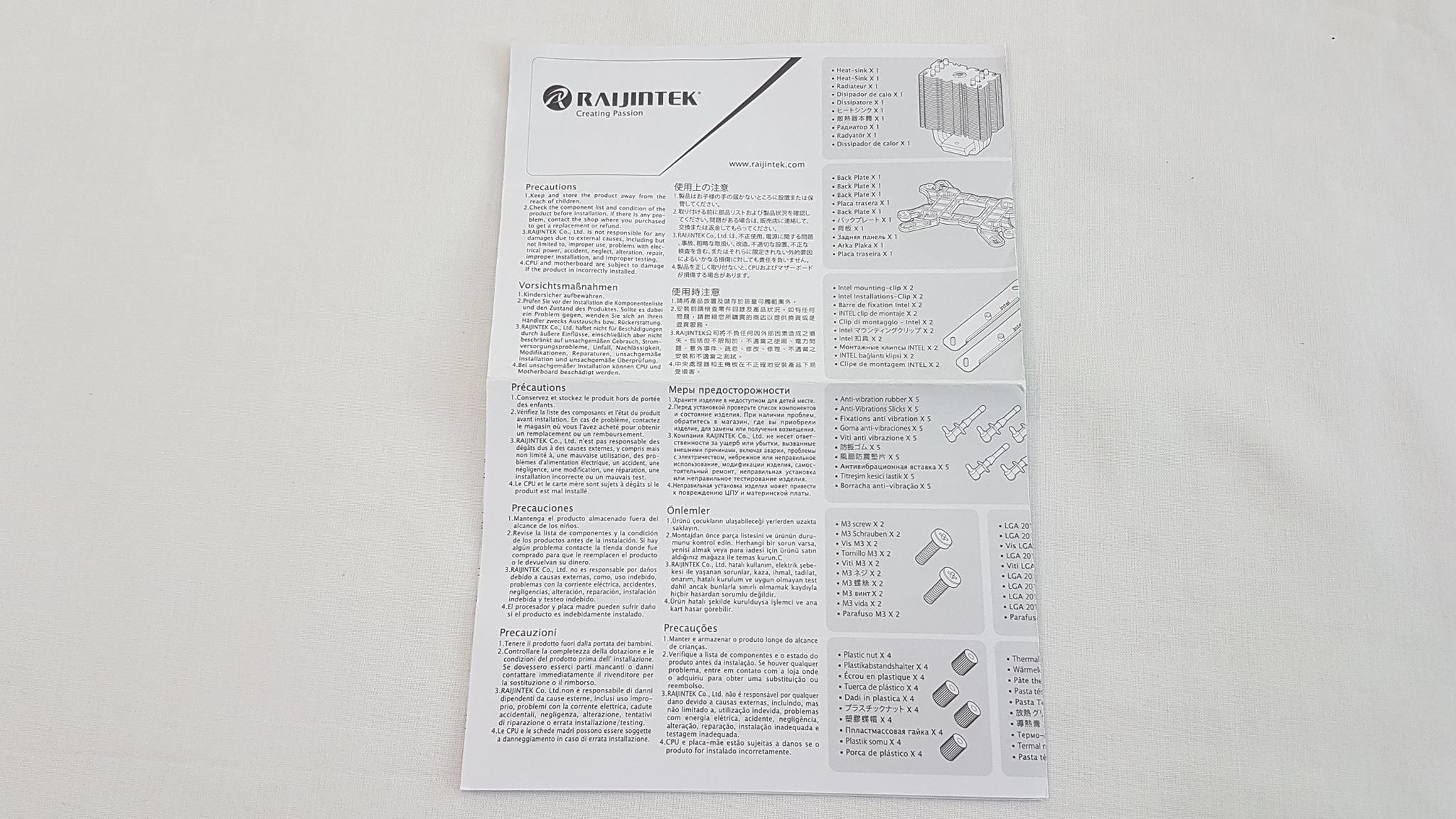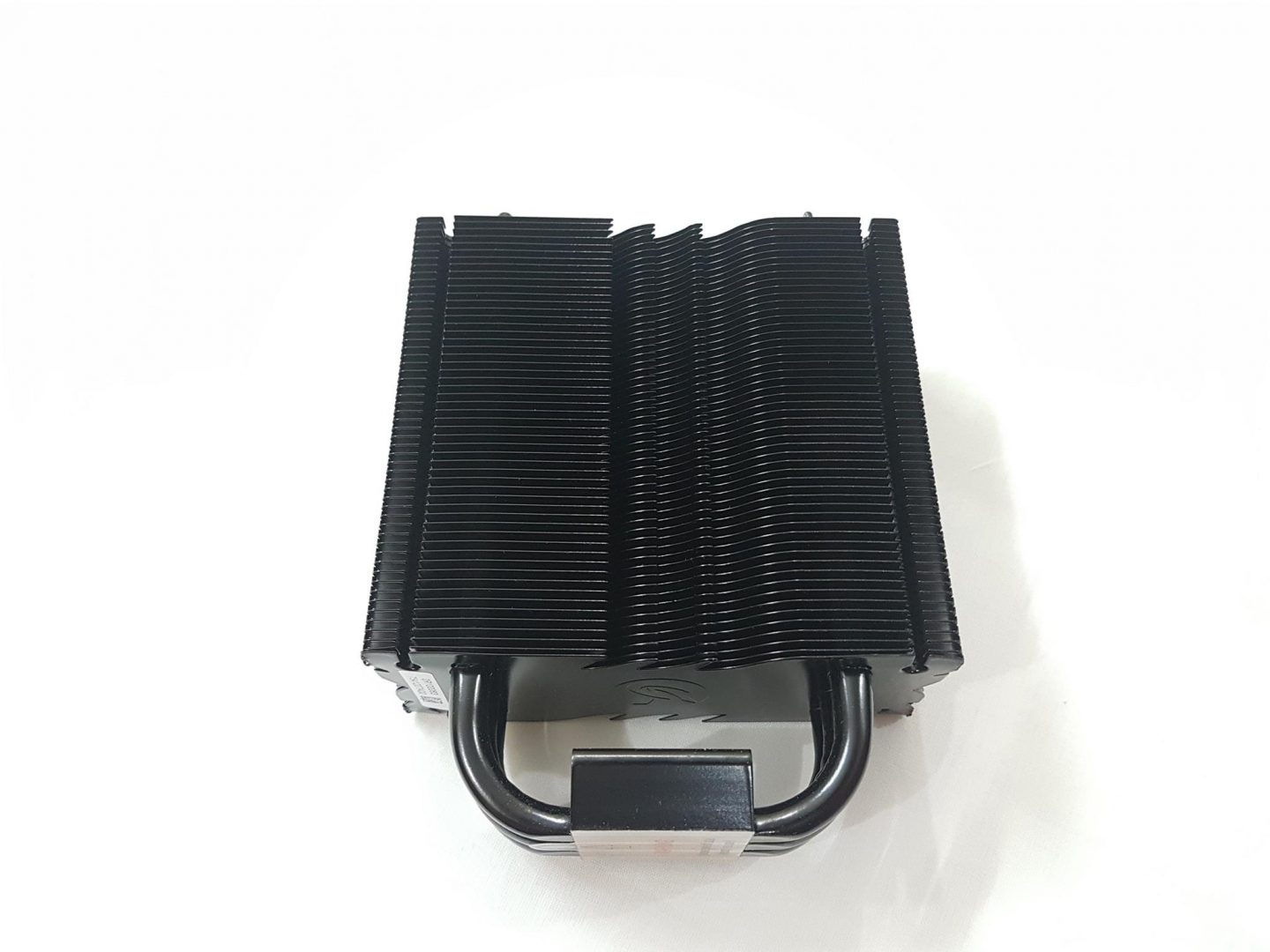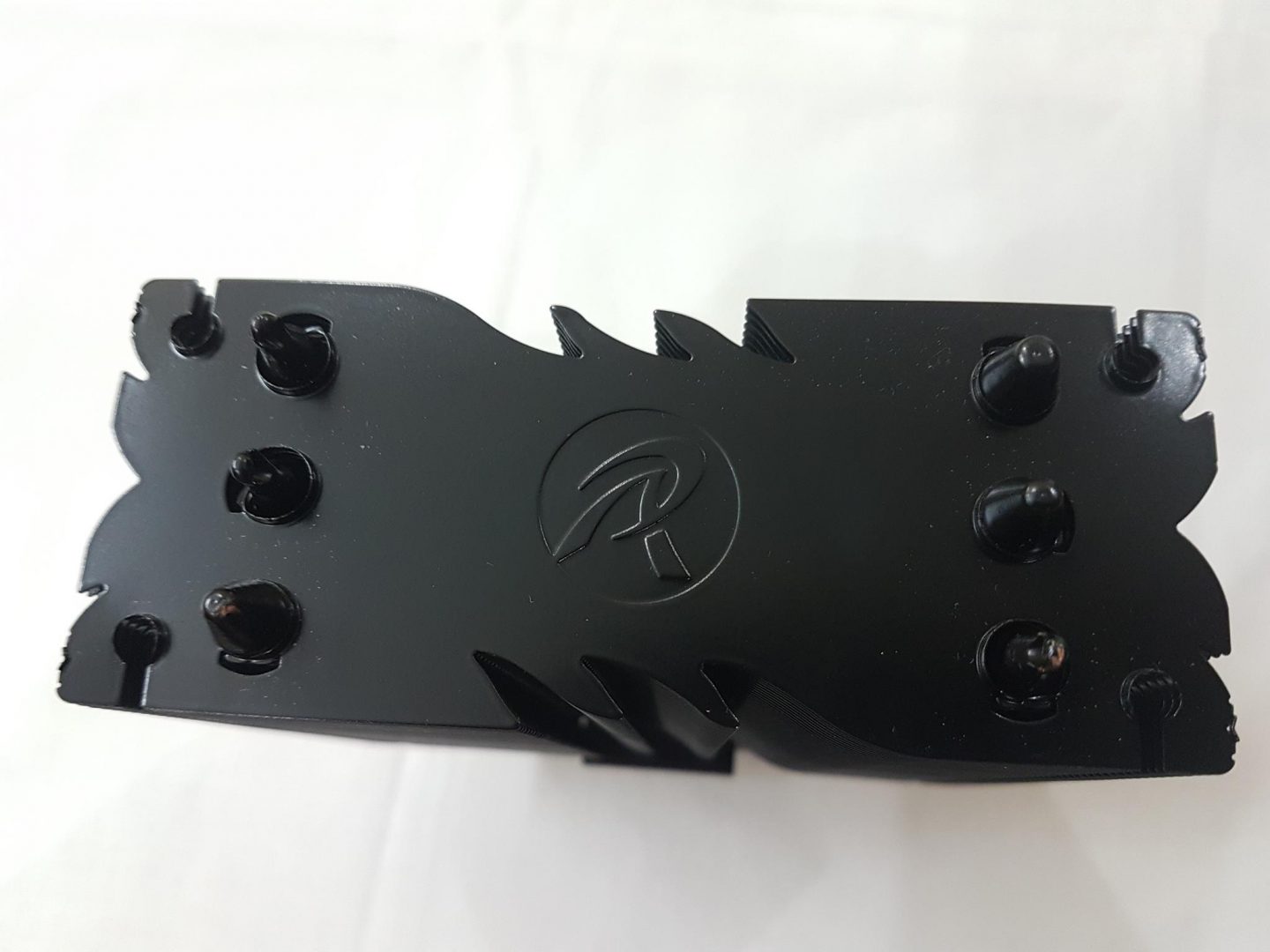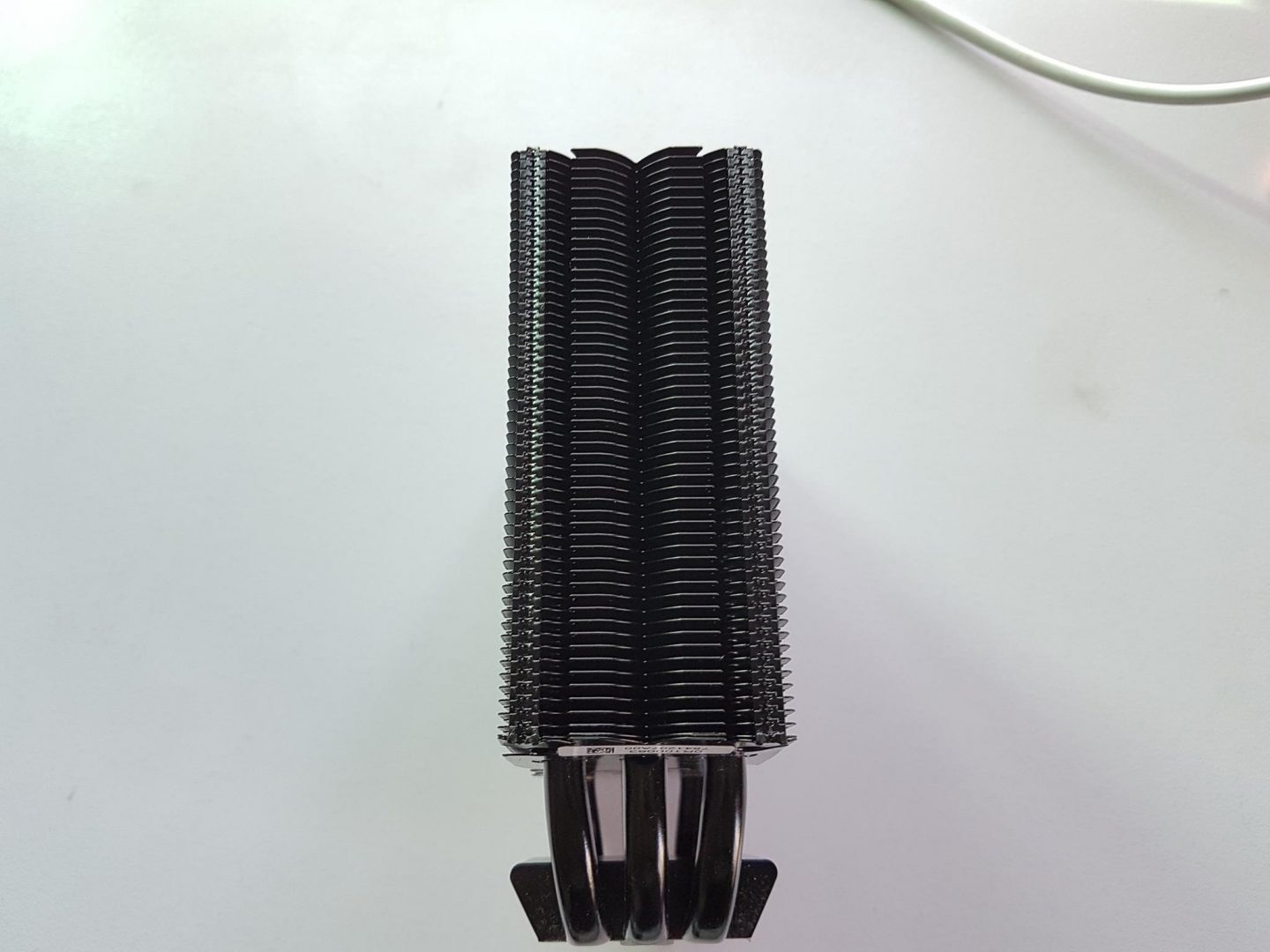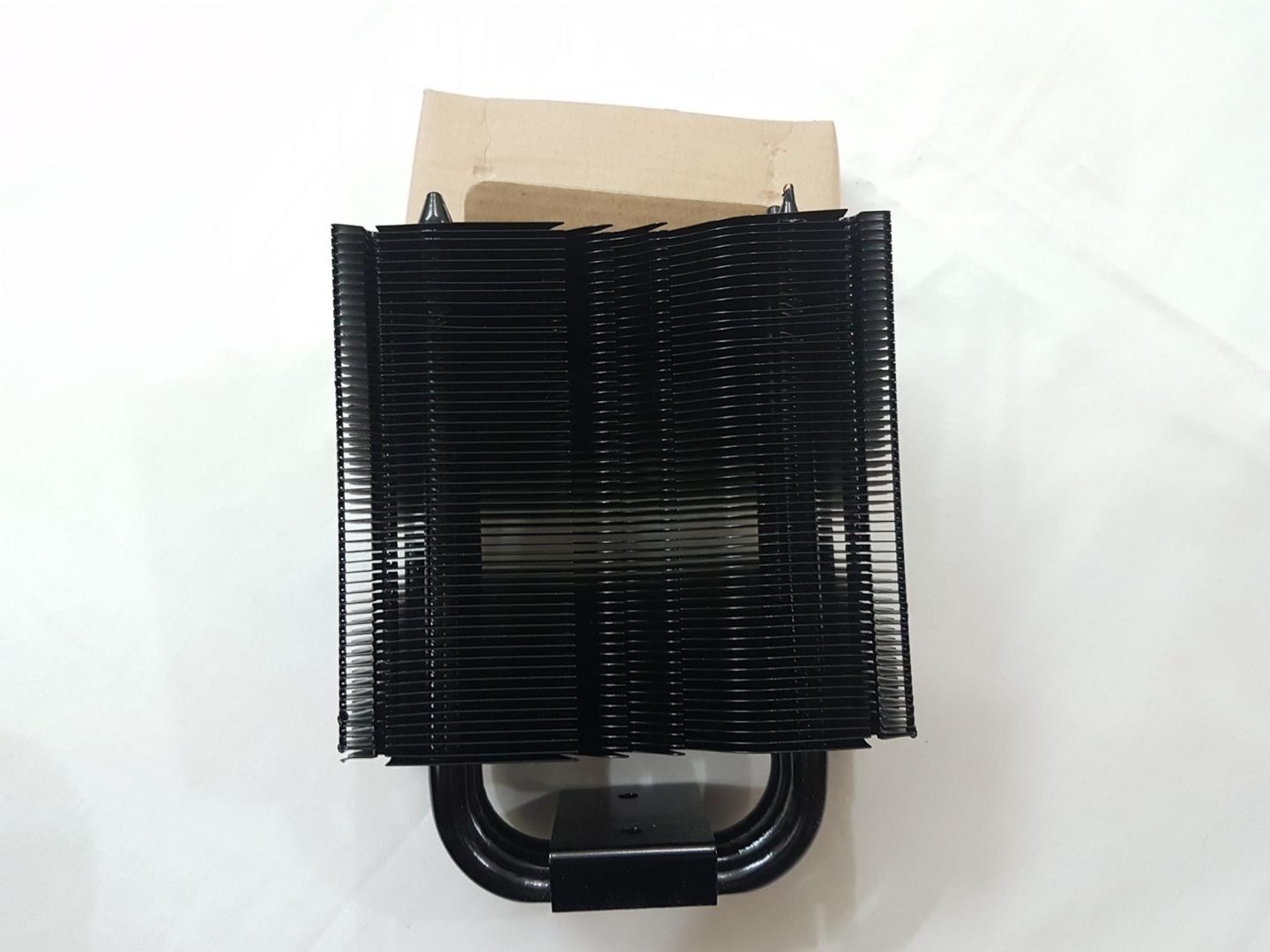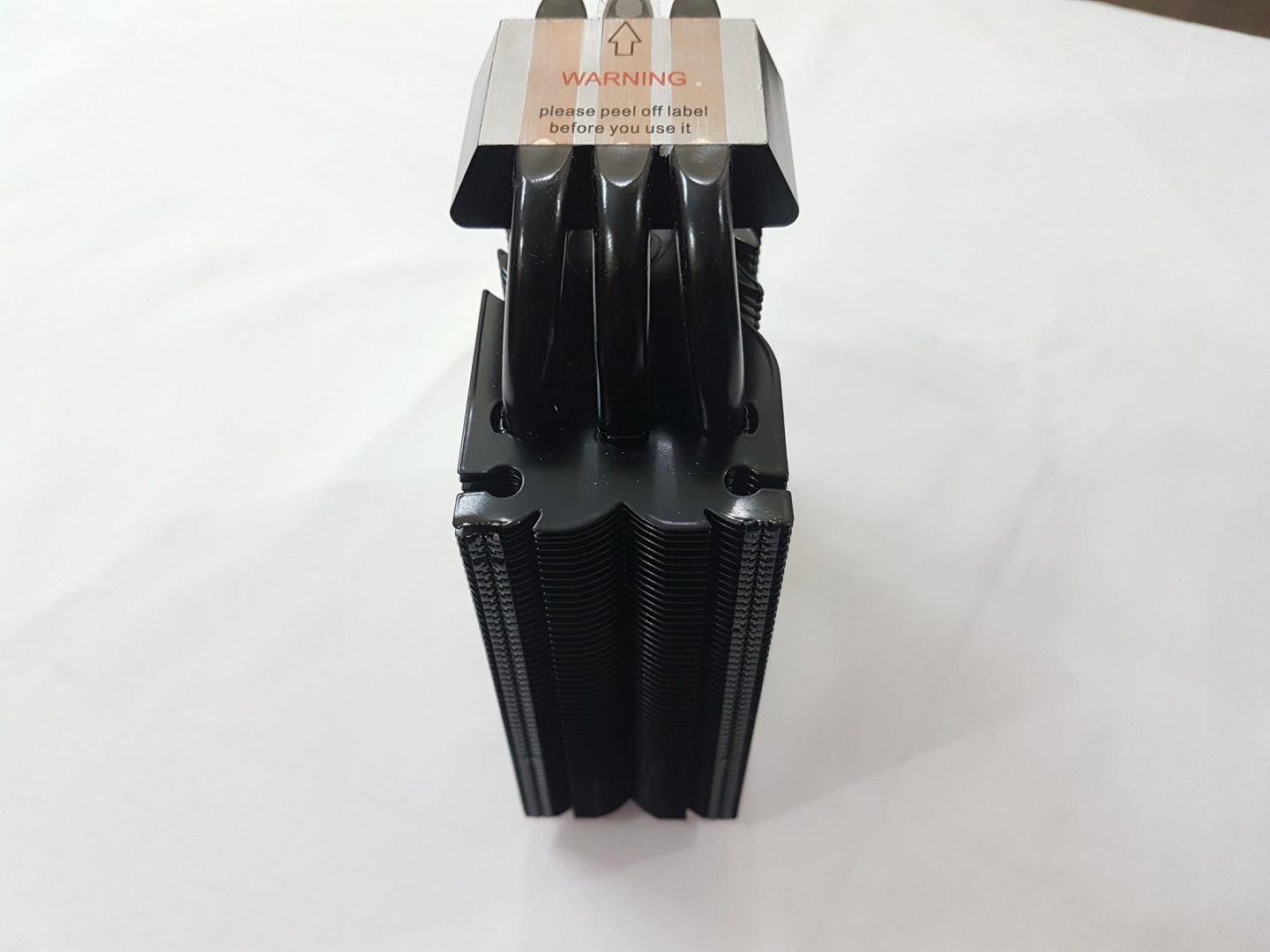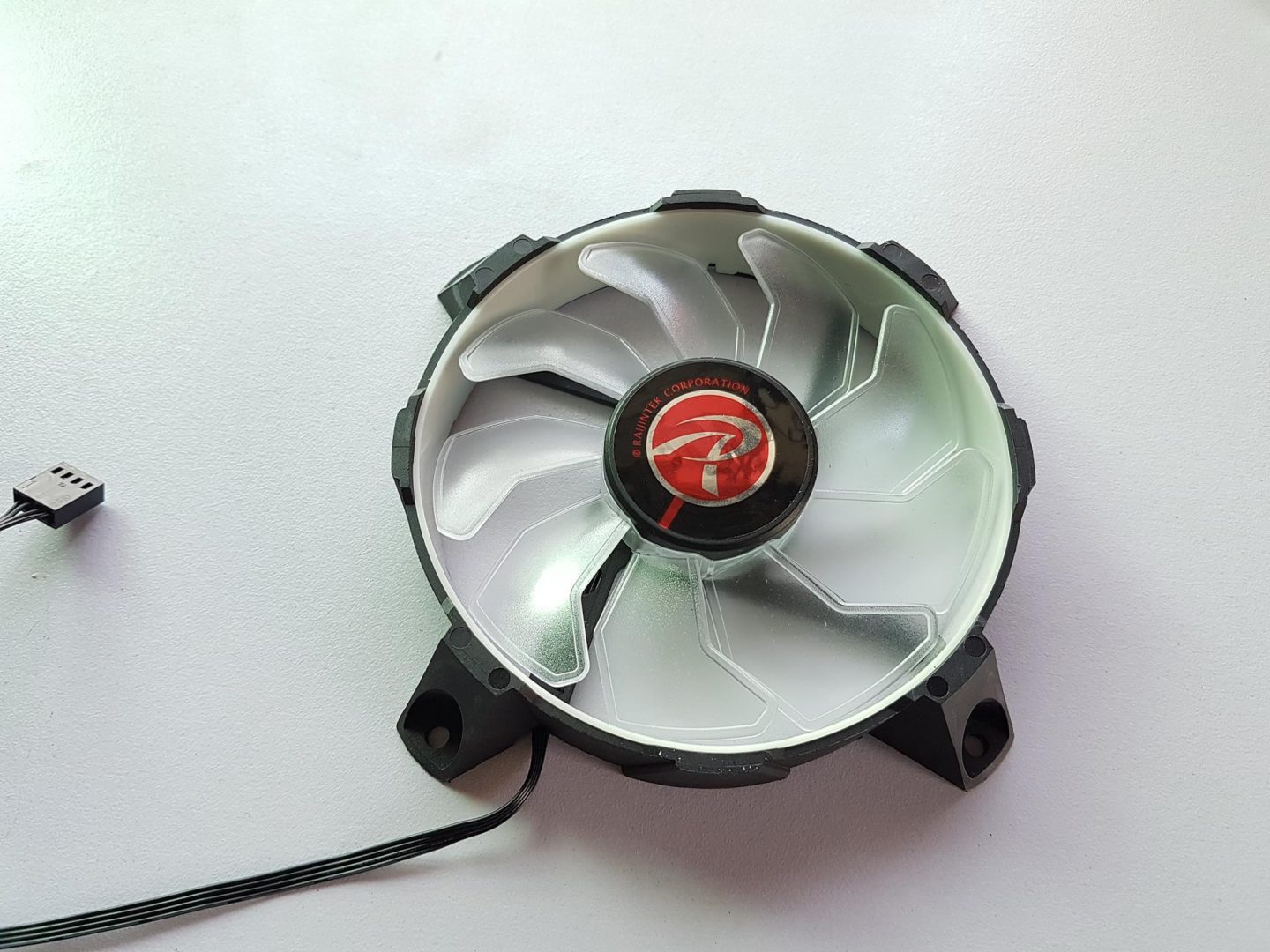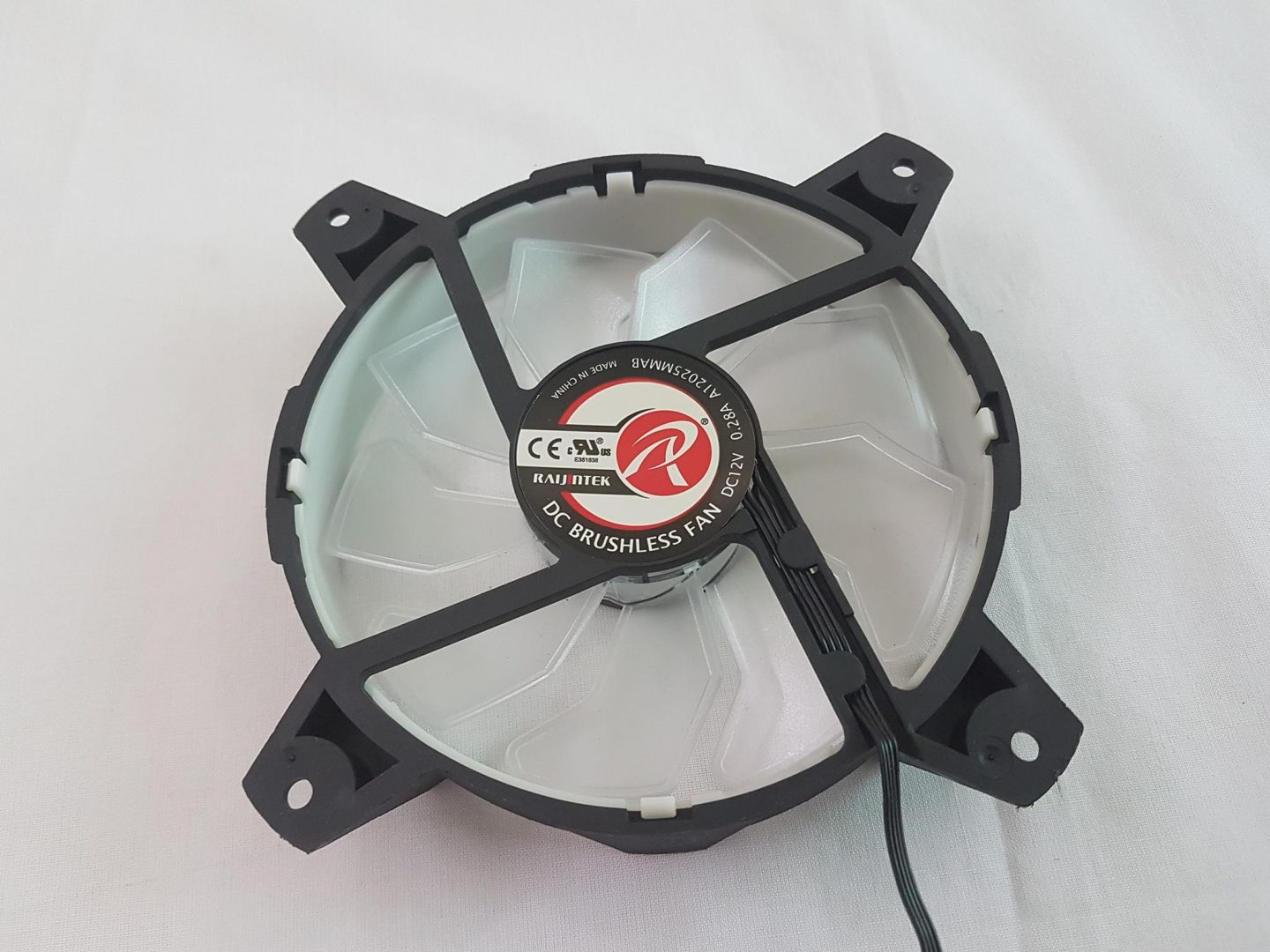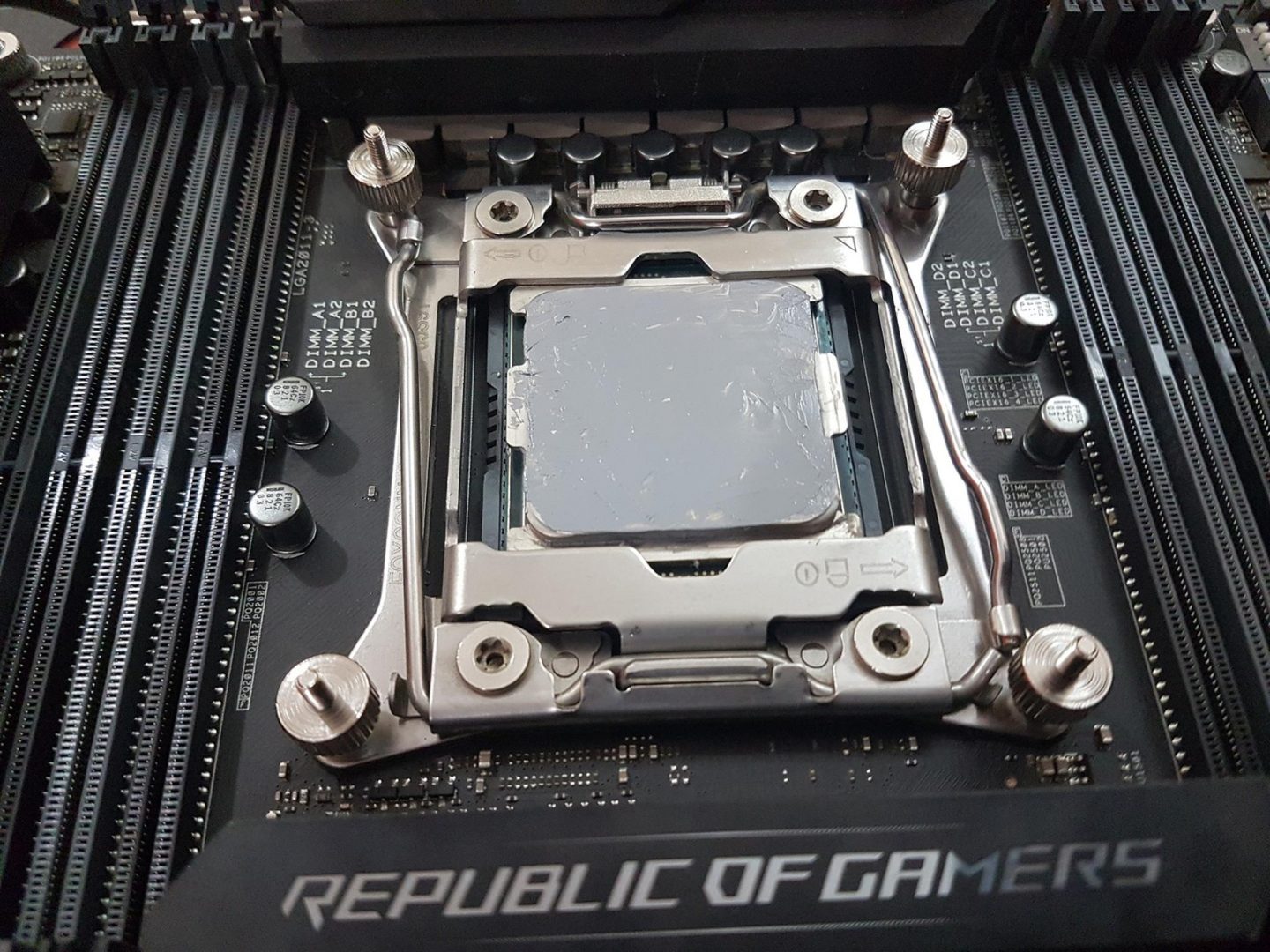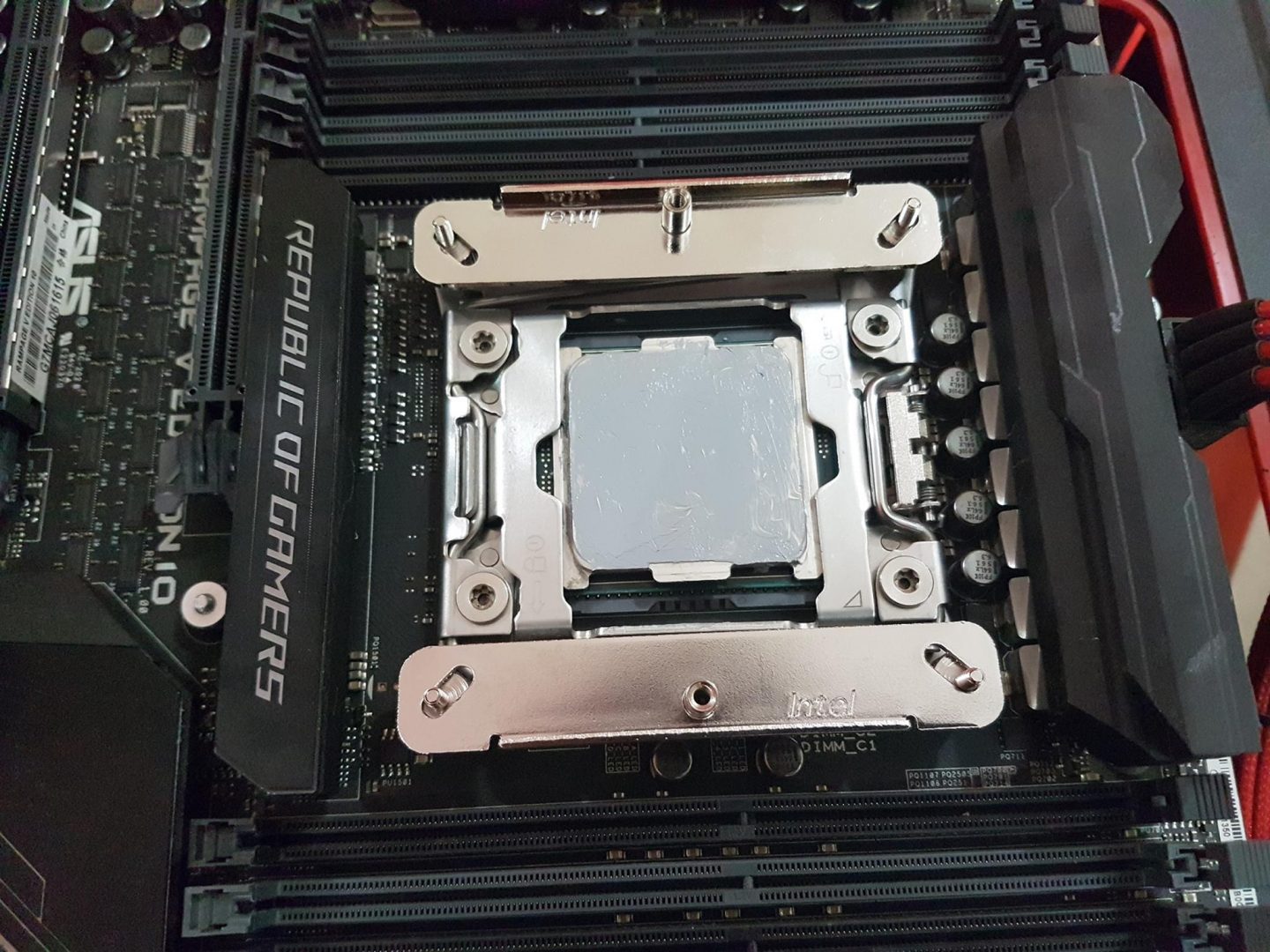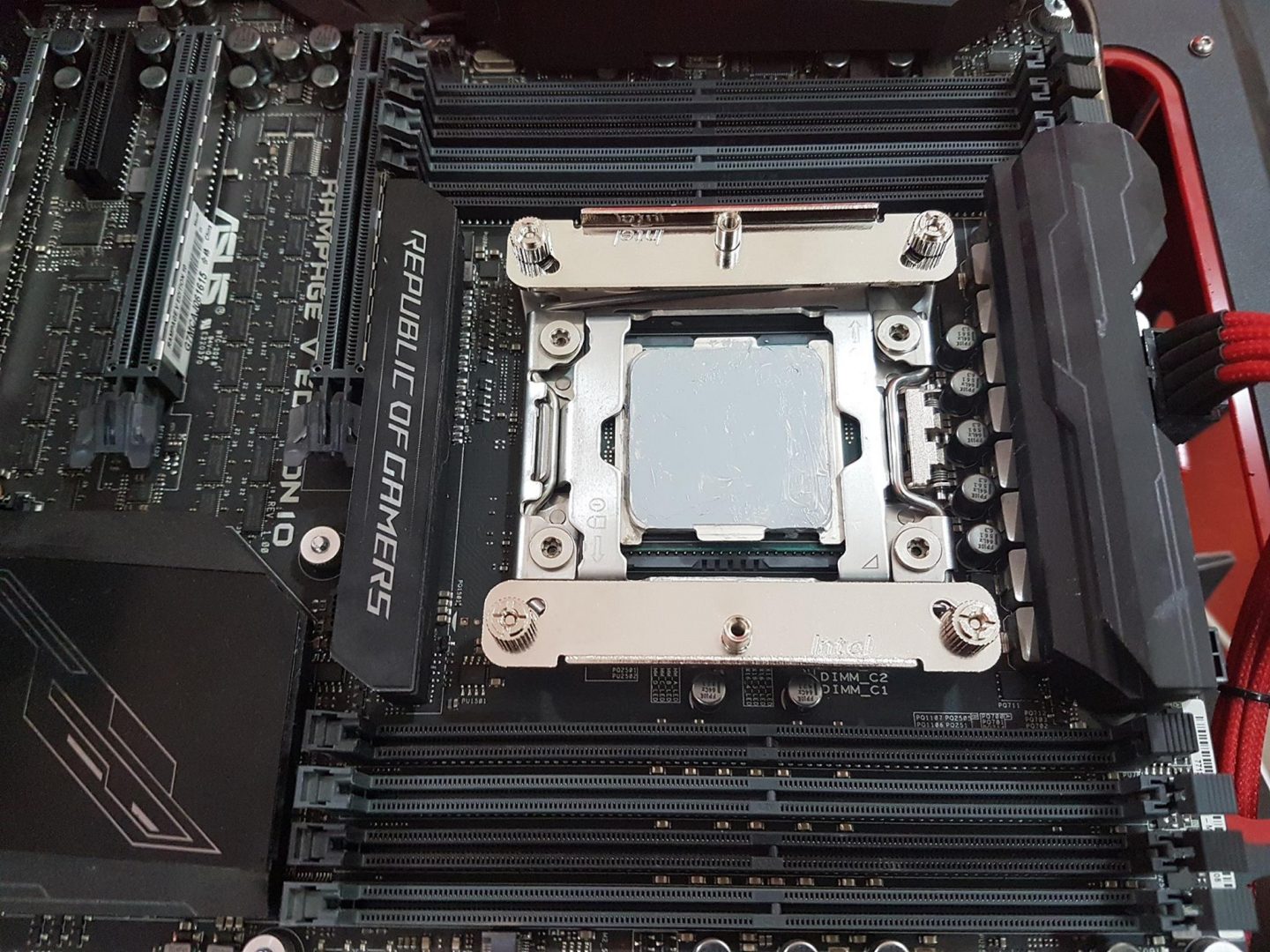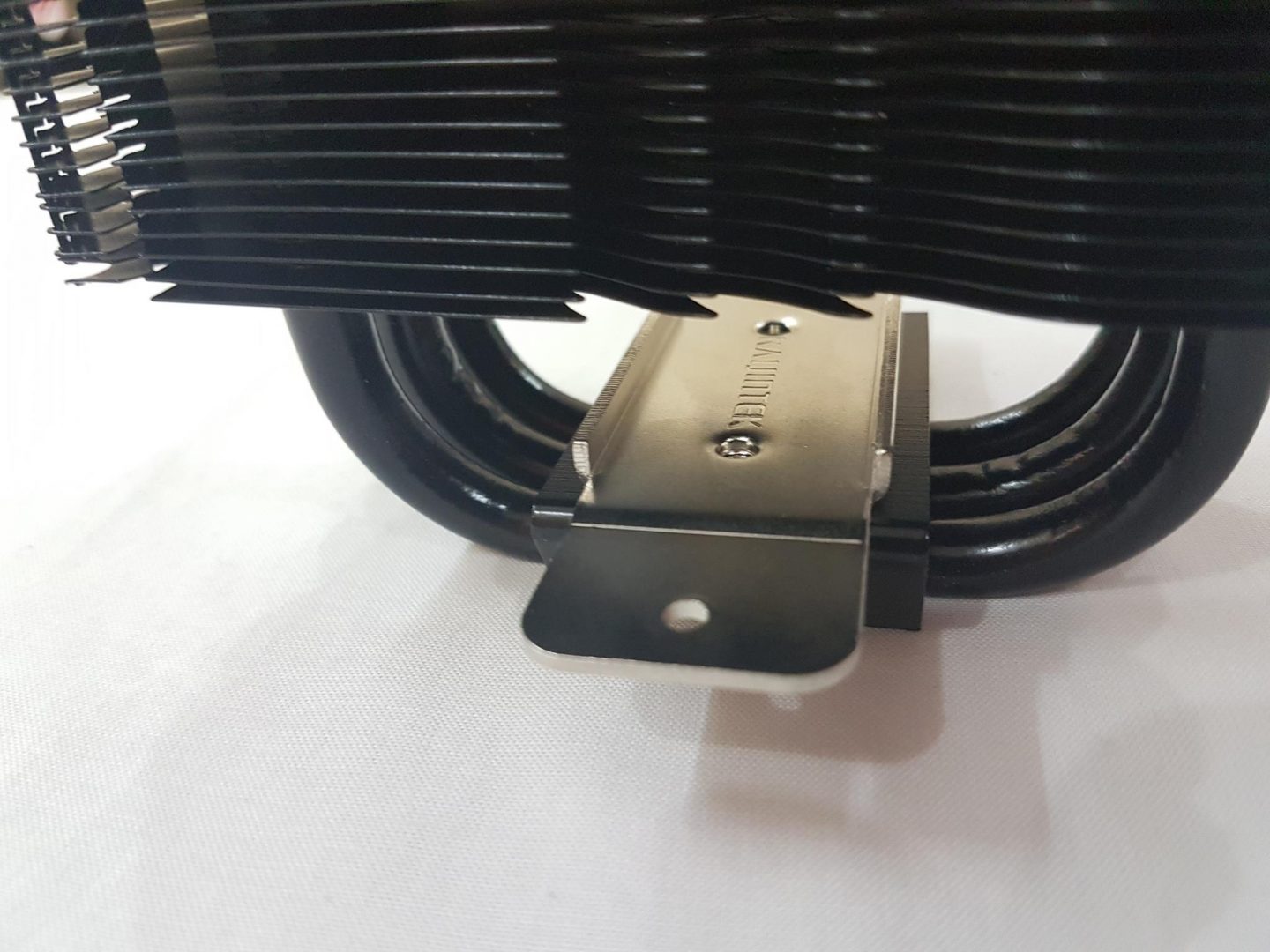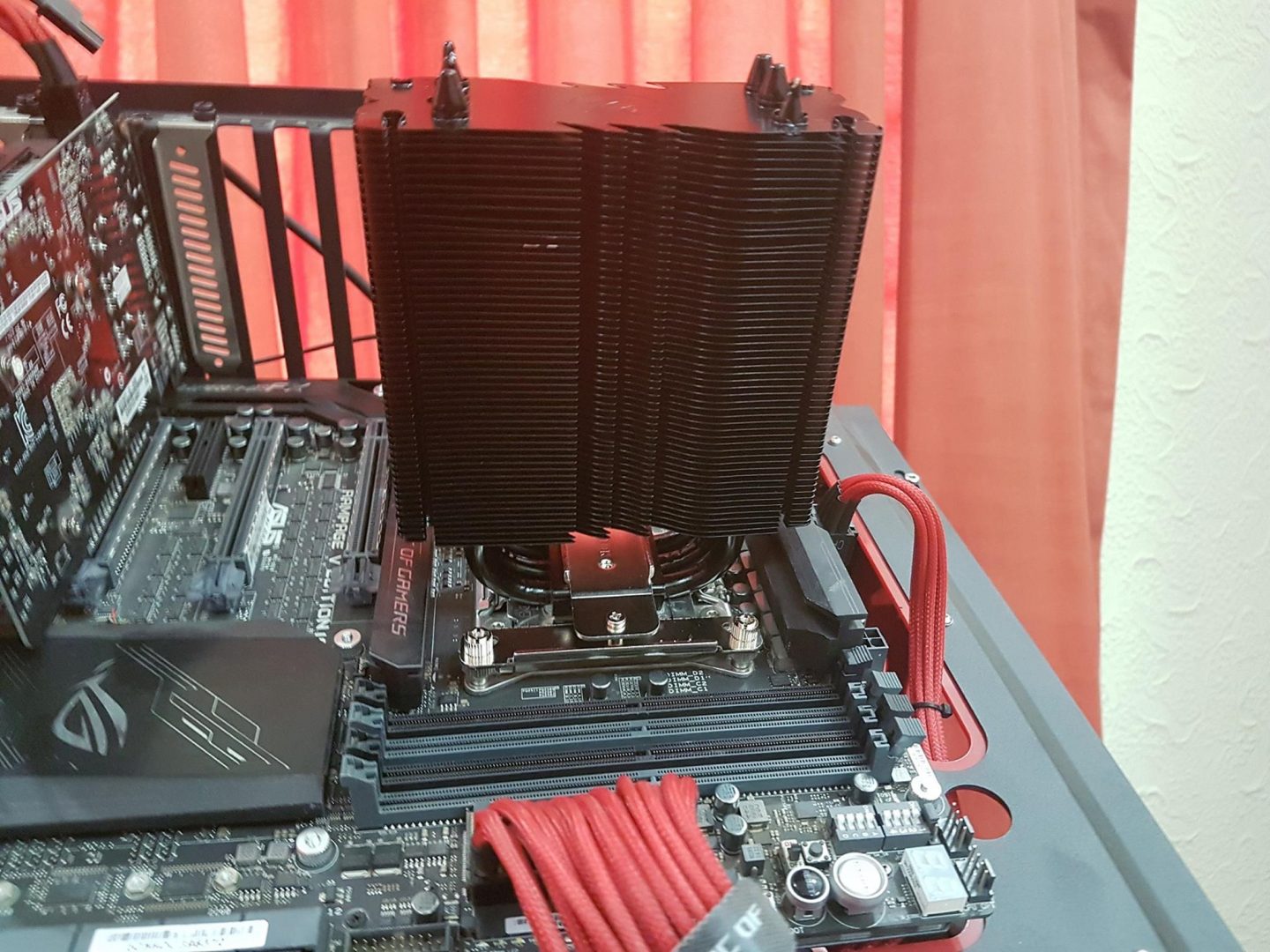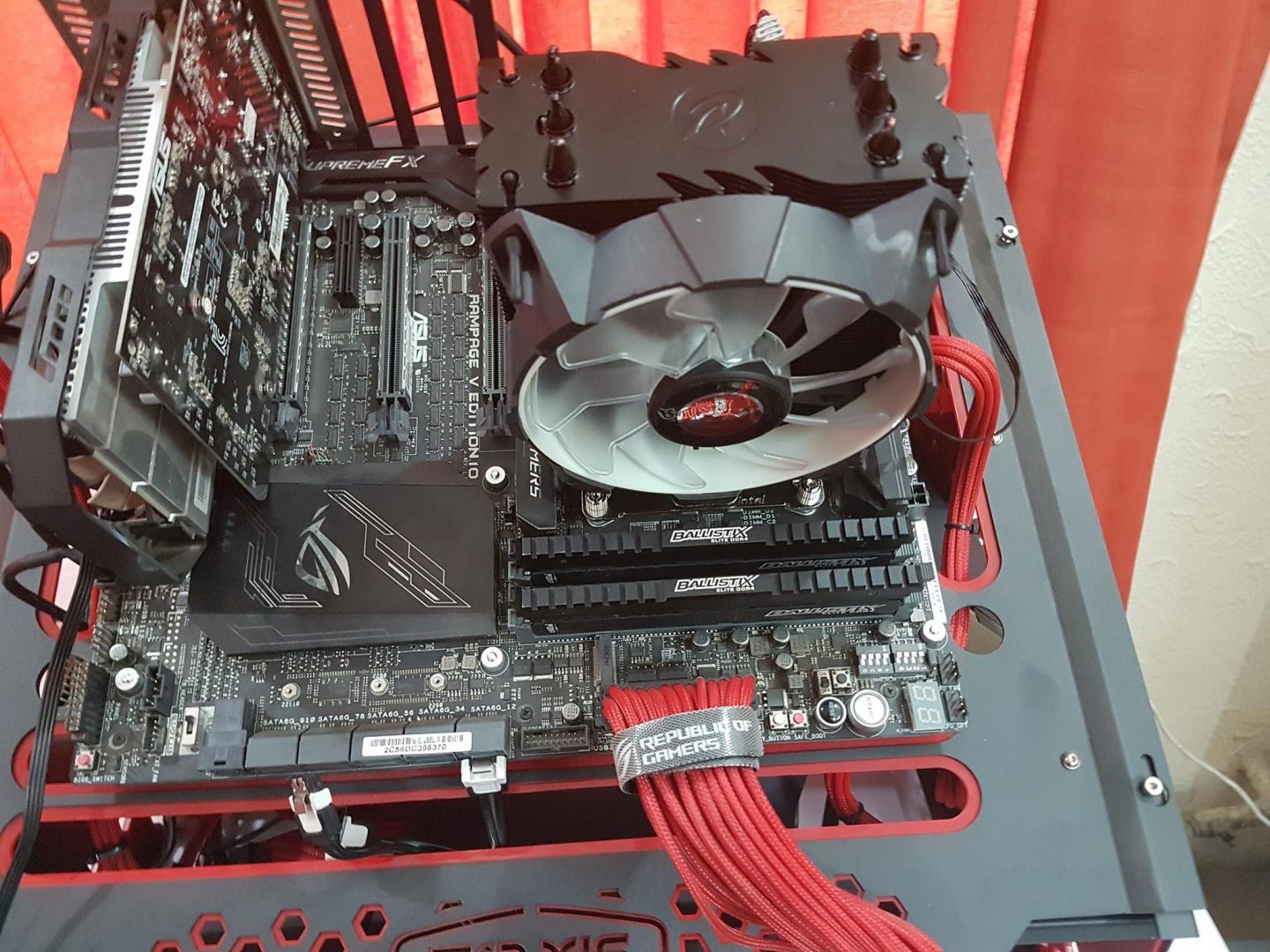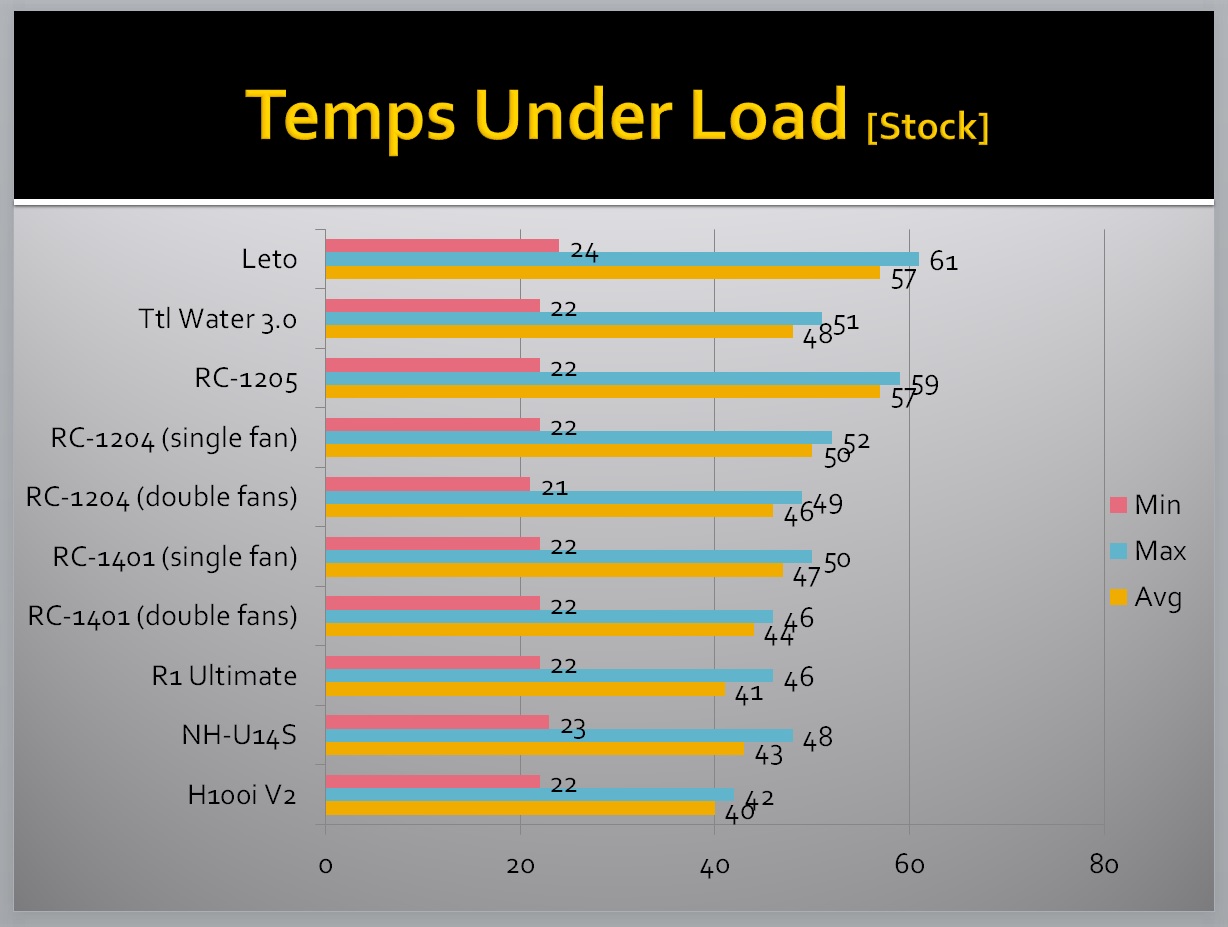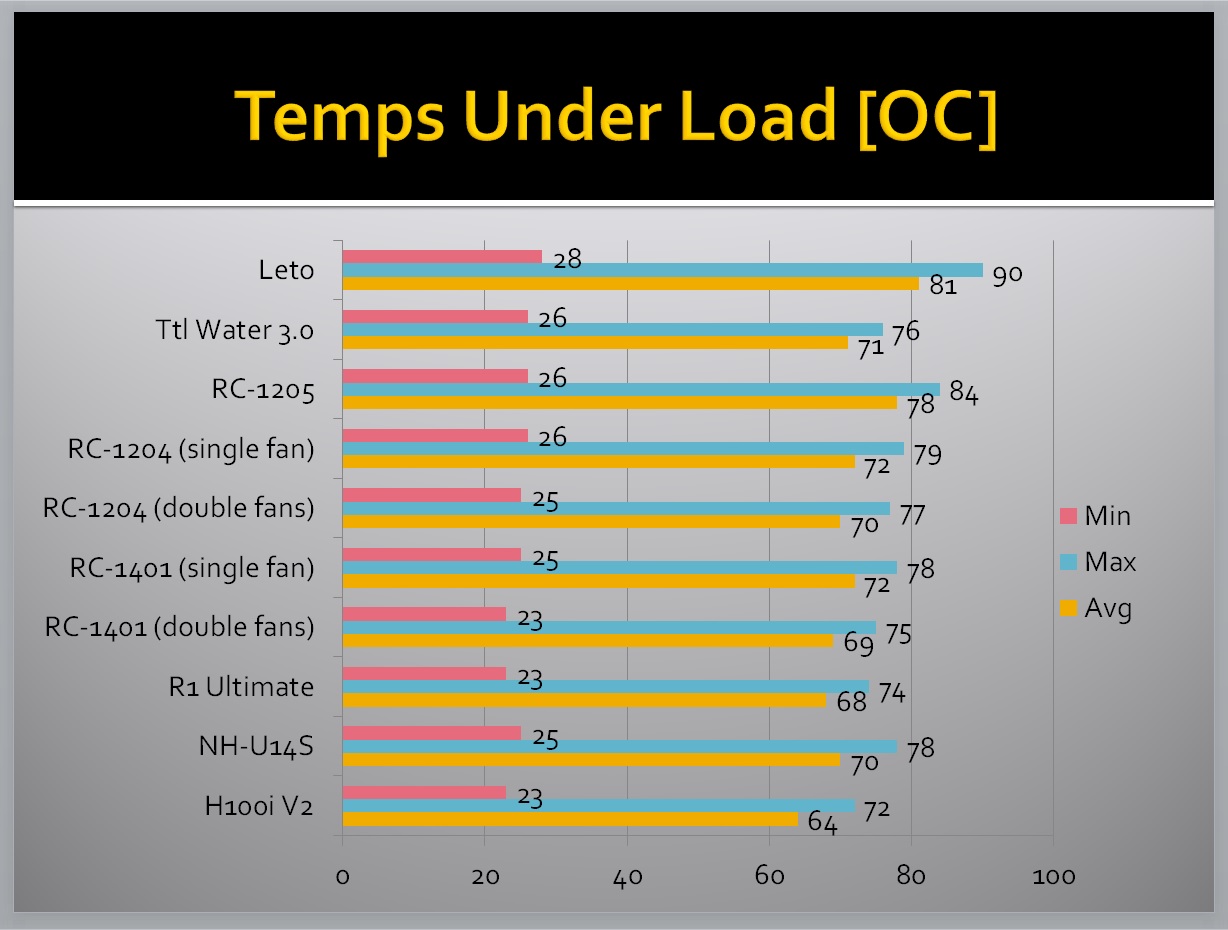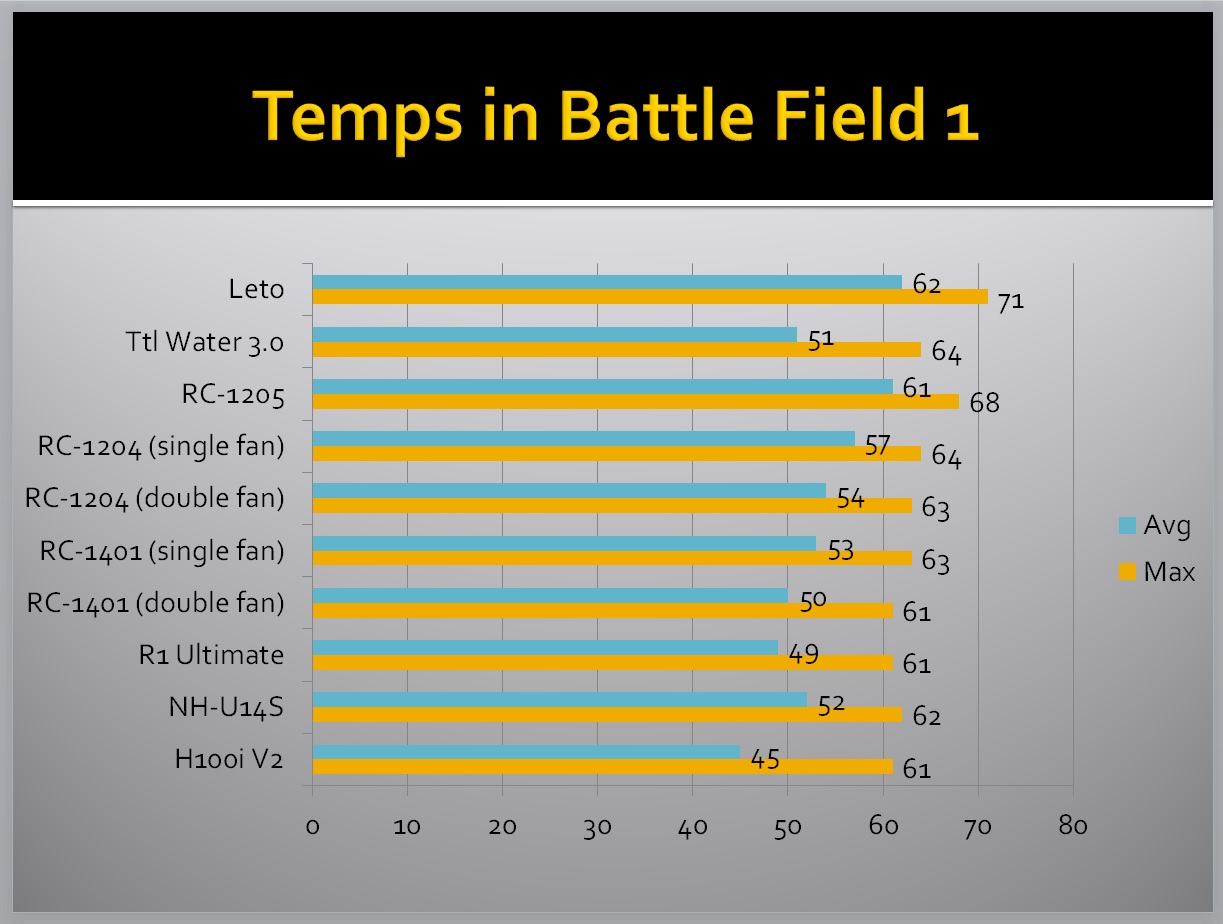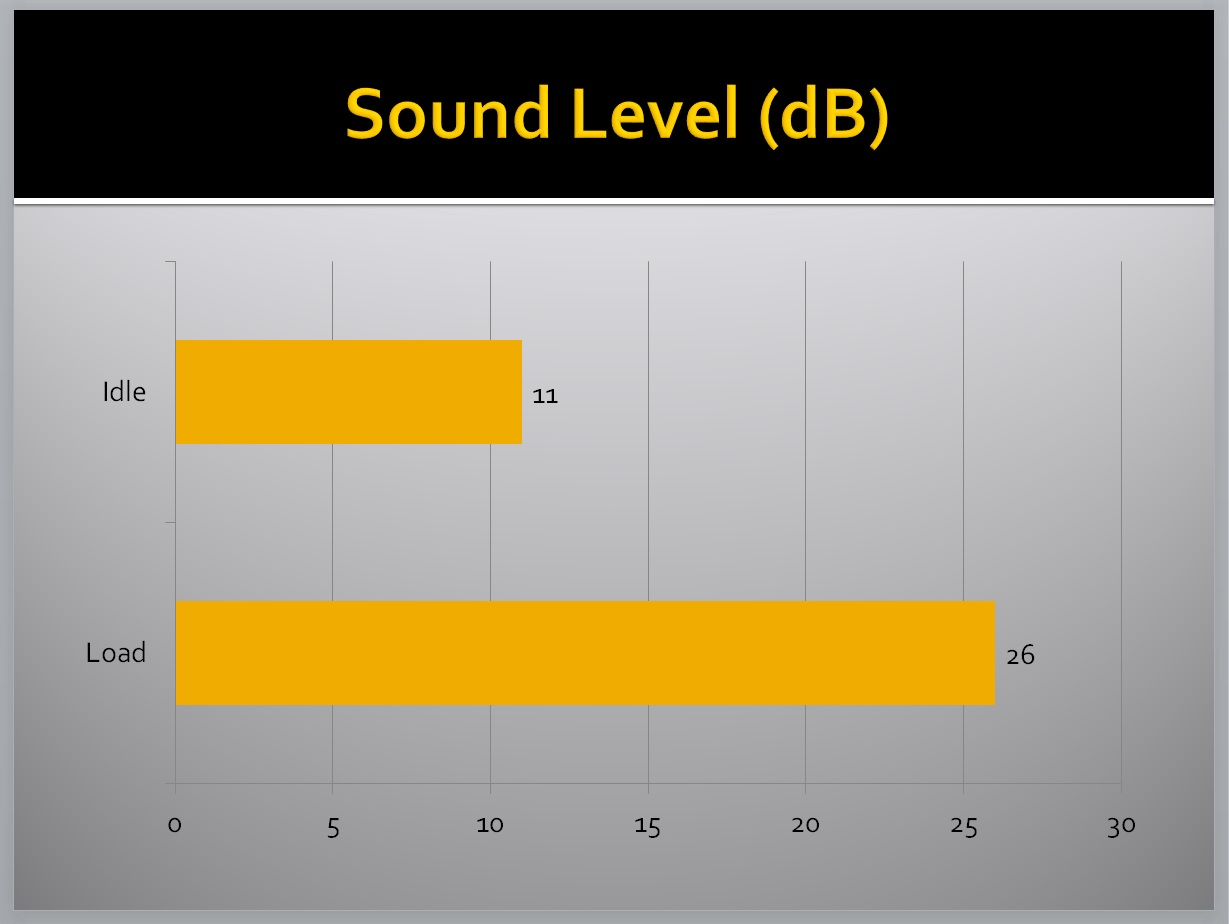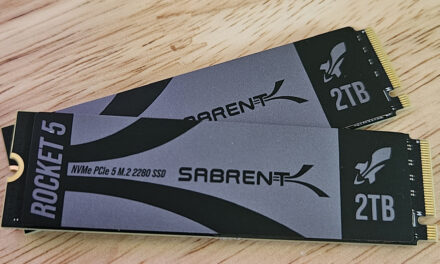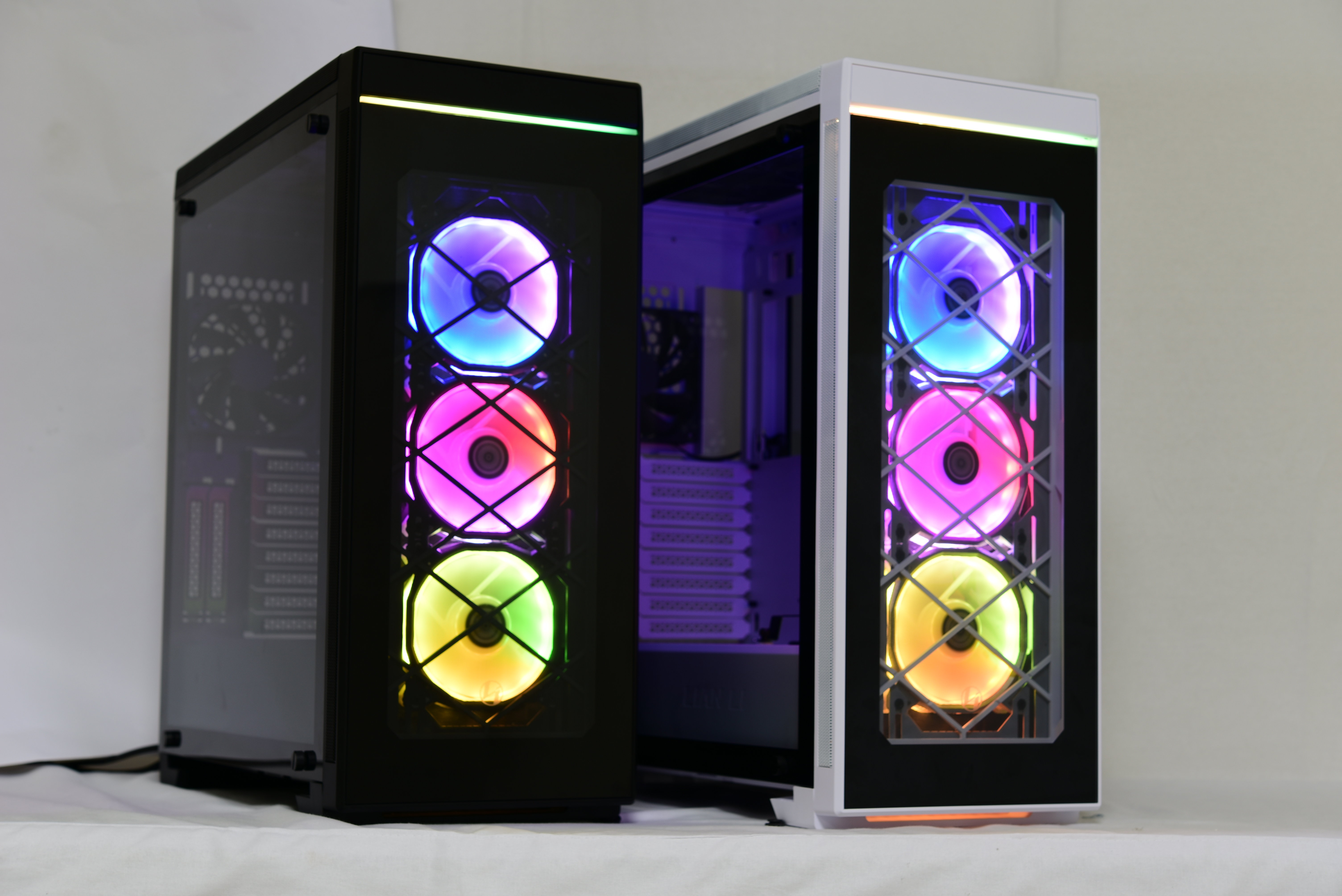
Raijintek Leto Air CPU Cooler Review
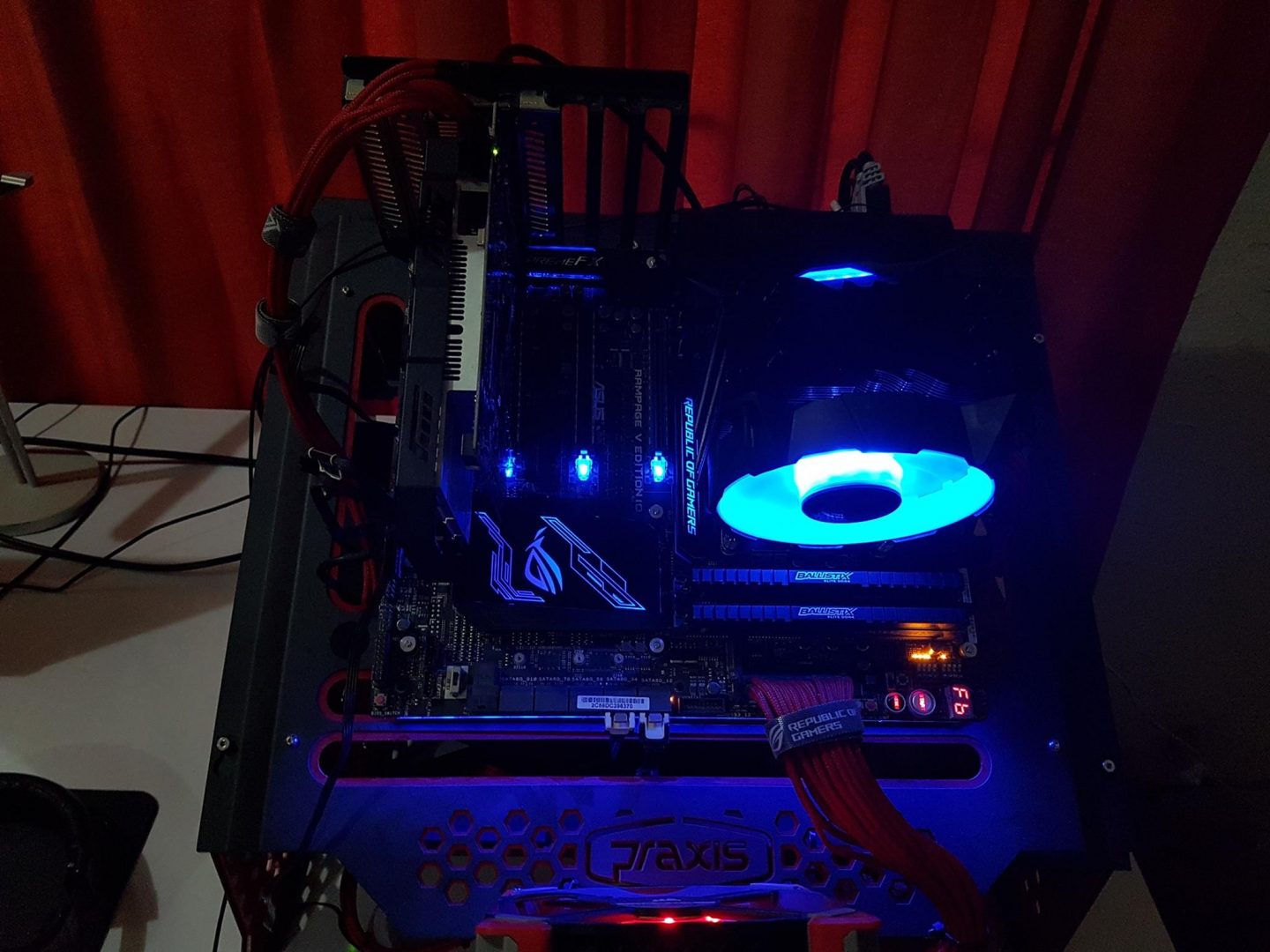
Introduction
PC cooling is at the heart of the PC Master Race. When it comes to longevity of the hardware particularly the heart and the mind of any PC that is CPU, users tend to invest in a good cooling solution. These days there are a variety of coolers falling in particularly four broad categories:
- Air Coolers
- CLC
- Hybrid Coolers
- Custom Loop
There are pros and cons of each type. Most of the air coolers tend to be bulky and take up much space. This puts pressure on the motherboard’s PCB and on the CPU as well. Skylake was one of the examples where many damaged CPUs were reported due to the sheer weight of the cooler. Not to mention the compatibility issues of the air coolers with RAM, the first PCIe slot and the chassis itself. AIO/Hybrids/Custom Loop would clear that space around the CPU socket but many users avoid them for the fear of leakage.
While the market for the coolers may seem saturated, it is surprising to find more competitive offerings from the old players and new players alike. Recently, during CES 2017, EVGA, a well-known Nvidia’s AIB partner has announced their AIO coolers for CPU. EKWB is known for its top-notch, quality components in liquid cooling under the custom loop. The company introduced their unique AIO in 2015. Reeven has recently announced their new 240mm Naia CLC. We have already received the media sample and review will be live soon.
Today I will be reviewing the Raijintek Leto cooler. Leto is a slim profile, entry-level cooler aiming the users with budgetary constraints but still want a stylish looking product with decent performance. Raijintek was established in 2013 with the aim of designing high-end products for lifestyle, Computer and day-to-day usage. They have tasked themselves to provide products – high compatibility, extreme engineering, remarkable performance, amazing design, a necessity of demand and multifunctional usage – for high recommendation everywhere to make up your life. Their product lines range from PSUs to cooling solutions to PC Chassis and lifestyle products for smartphones and tablets.
Item: Leto
Manufacturer: Raijintek
Price: $36.99 at the time of the review
Specifications
| Product Name | Leto B |
| Product Number | OR100062 |
| Dimensions | 122 x 76 x 157mm (W x D x H) |
| Weight | 570g (Heatsink only) |
| Thermal Resistance | 0.13 C/W |
| Heat Sink | Base Material : CPU Direct Contact (CDC)
Fin Material : Aluminum Alloy [Solder Free Fins Assembly] |
| Heat Pipe | 3 Pipes each of 8mm |
| Fan | Dimension : 120 x 120 x 25mm
Voltage Rating : 12V [10.8 – 13.2V]
Starting Voltage : 7V [Max]
Speed : 800 – 1800 RPM
Bearing Type : Sleeve Bearing
Air Flow : 67 CFM
Air Pressure : 1.2 mmH2O [Max]
LED : White / Red / Blue
Life Expectance : 40,000 hrs
Noise Level : 29 dBA [Max]
Connector : 4-Pin PWM |
| Socket Compatibility | Intel LGA 775 / 115x / 1366 / 201x
AMD FM2+ / FM2 / FM1 / AM4 / AM3+ / AM3 / AM2+ / AM2 |
Packaging and Contents
The cooler comes in a colorful cardboard box. The front side of the packing box has the cooler picture printed on it along with the model no and name. W / R / B stands for the LED colors of the fan. Our sample is blue LED one.
Cooler’s specs are printed on the back side of the packing box.
The left side of the box has three info labels each with respect to the LED light version of the cooler. The red color arrow indicator is to confirm the LED color of the box’s fan.
The right side of the box has a stylish picture of the cooler with fan and from the back side.
The top cover has the name and model no of the cooler along with salient highlights of the cooler.
The bottom cover has Raijintek’s contact info printed.
Opening the box would reveal accessories plastic bags placed over the cooler.
Removing the accessory box would reveal the cooler and the fan contents under the white color cardboard.
Accessories
Raijintek has included a plethora of accessories with the cooler ranging from mounting plates to manual to screws etc. Everything user could need is provided. Installation guide is thorough and very helpful for the novice builders.
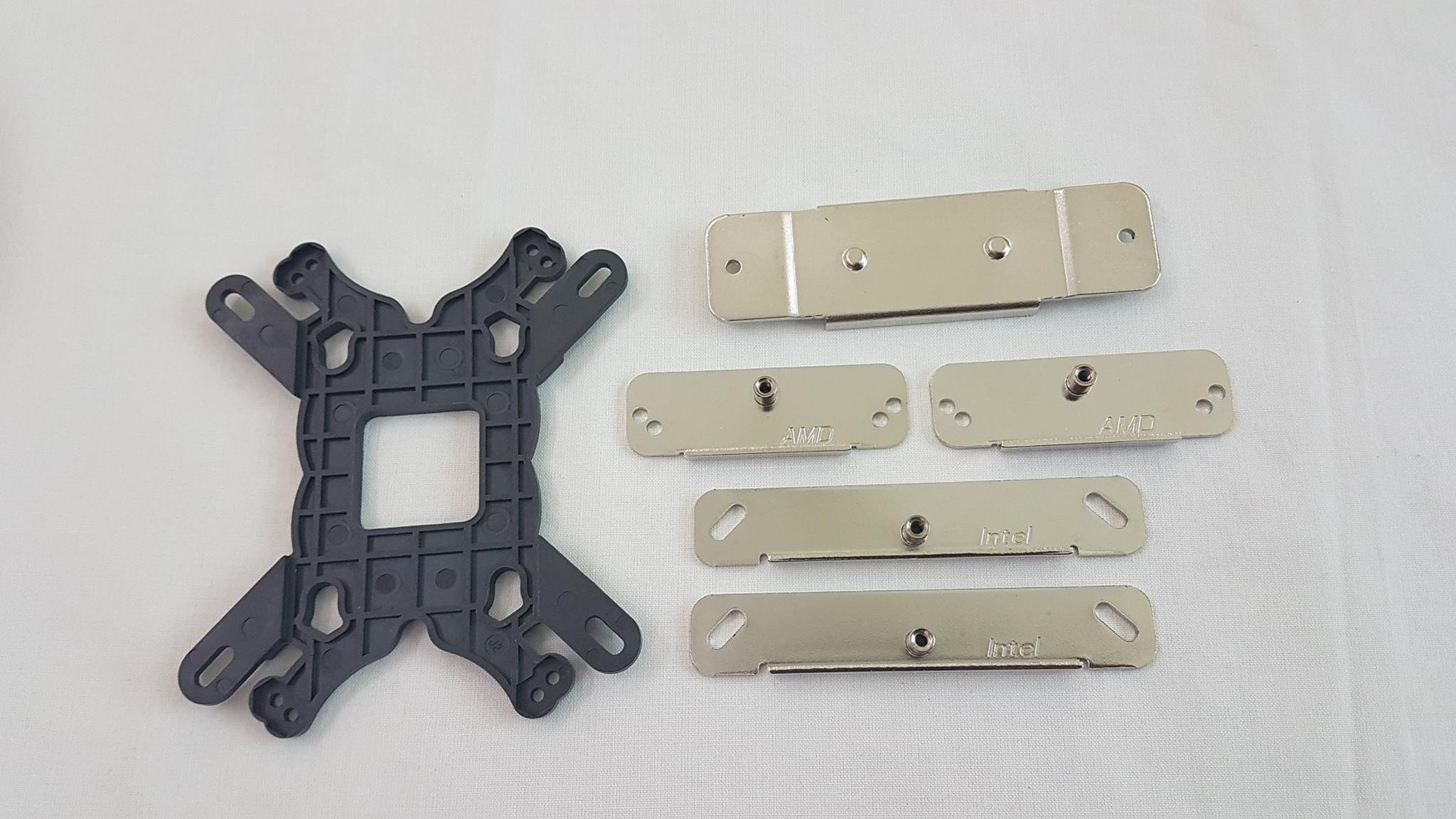
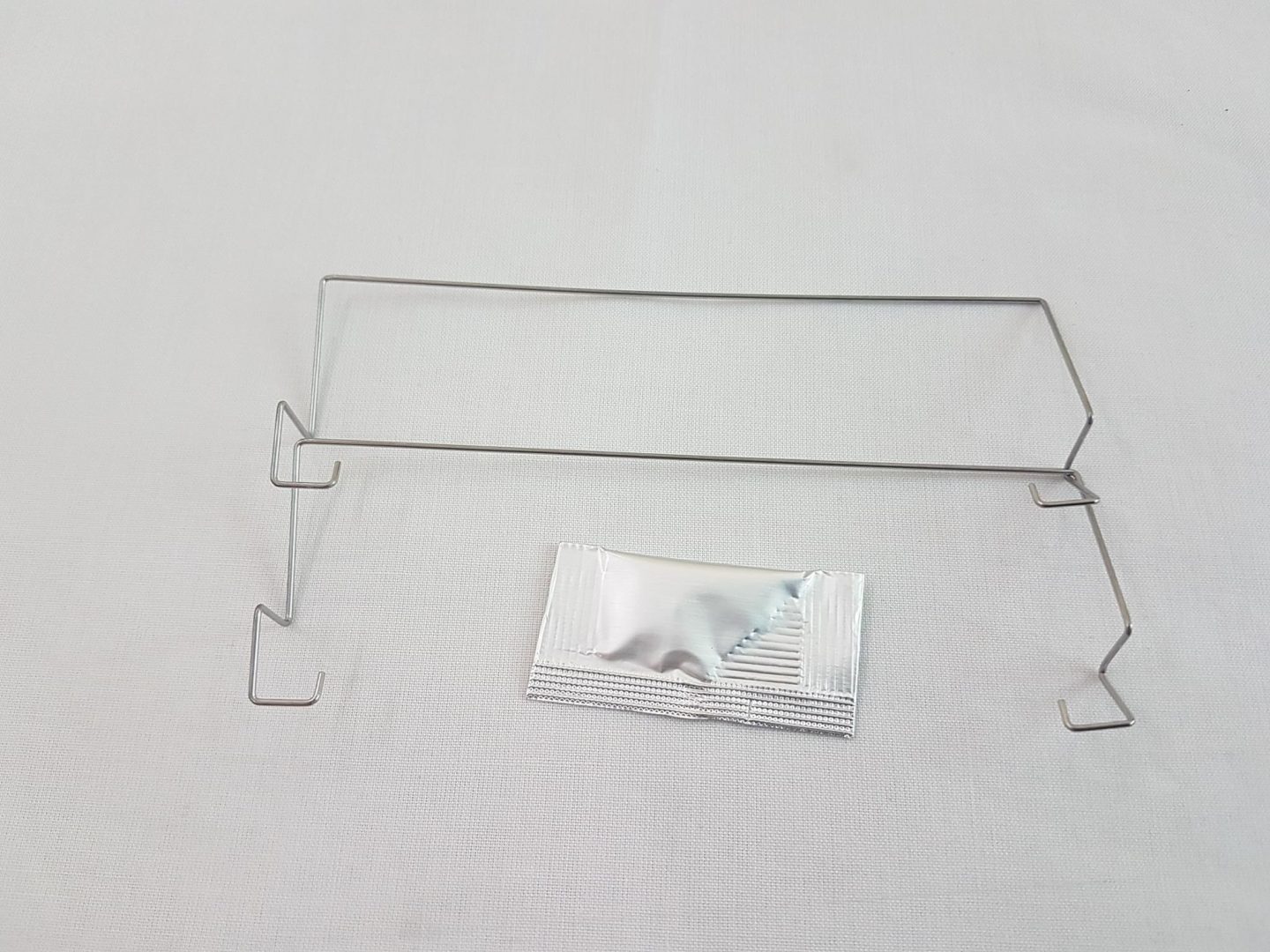
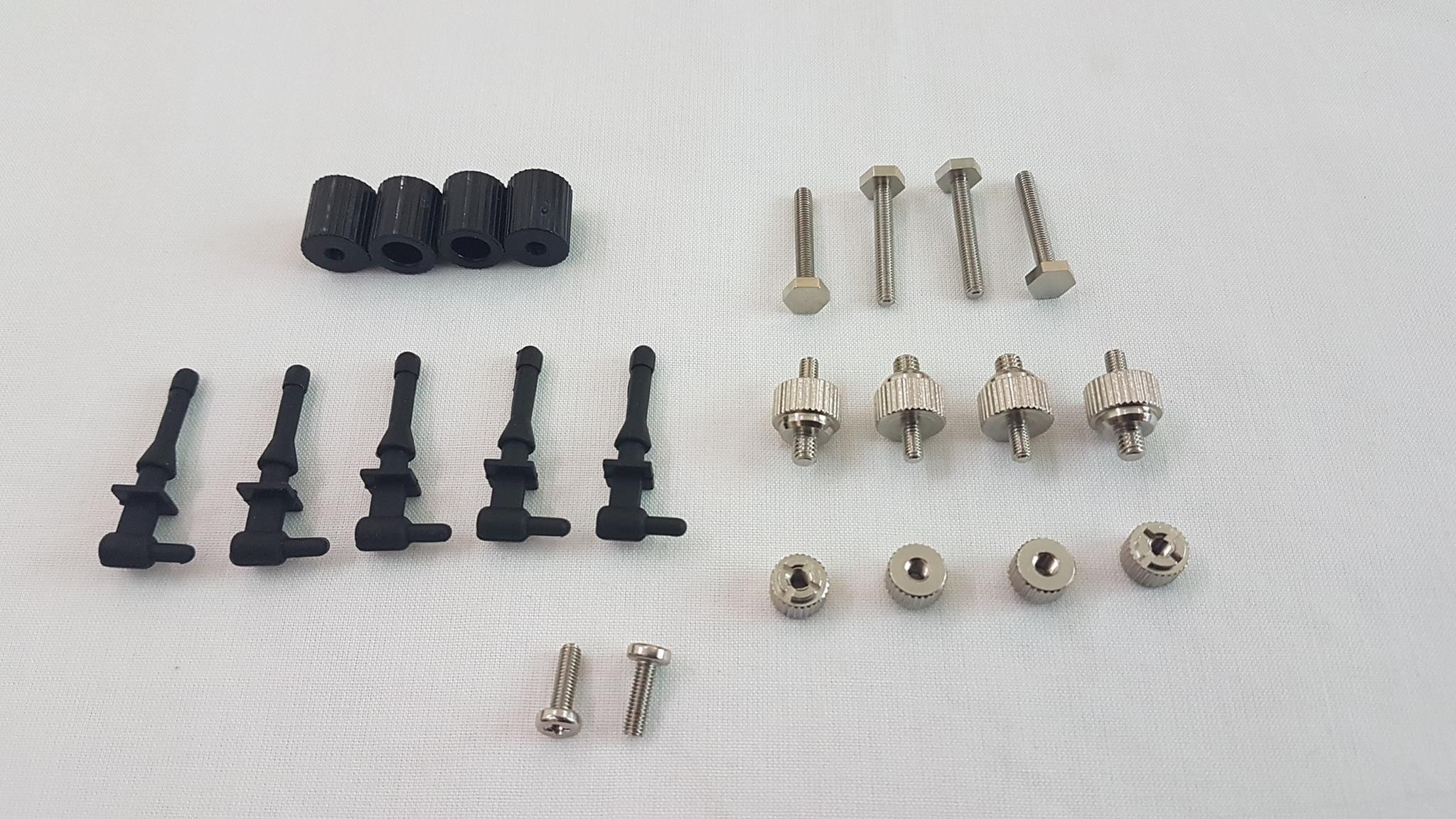
Accessories include:
- 1 Backplate for Intel/AMD
- 2 Intel mounting Clips
- 2 AMD mounting Clips
- 5 Anti Vibration Rubbers
- 4 Plastic Nuts
- 2 M3 Screws
- 1 Crossbar
- 4 LGA 201x Screws
- 4 Metal Nuts
- 4 Knurled threaded screws
- 1 Thermal Grease
Closer Look
Raijintek Leto is a single tower having dimensions of 157 H x 122 W x 76 D in mm without a fan. This cooler has what I have been looking for that is the color coating on the heatsink. Instead of providing a traditional silver color fin stack on the cooler the Raijintek has provided the black coated heatsink which is an immediate Pro.
Looking at the top of the heatsink, Raijintek’s brand logo is embossed in the middle of the top fin plate. One can see the three heat pipes on each bank terminating at the top. They are also black coated. There are 4 circled holes on the corners going all the way down to the bottom of the heat sink. This is where the rubbers will be inserted to mount the fan. Keep in mind that traditional standard 2 fan clips have also been provided to mount the fan. The heatsink has an aggressive design with layered edges on the mid-section.
The front and the back sides of the heatsink are identical. Raijintek has implemented their patented pressing heatpipe/fin technology to prevent the risk of heat pipe damage. They also have implemented their patented solder-less louver fin assembly to increase heat-pipe ventilation. We have total 54 fin plates making up the heatsink. The bottom fin has the same Raijintek’s logo as is on the top plate in the mid-section. Fins are made of aluminum alloy. The left and the right sides of the cooler are also similar and carry same fin design to match the overall symmetry of the cooler.
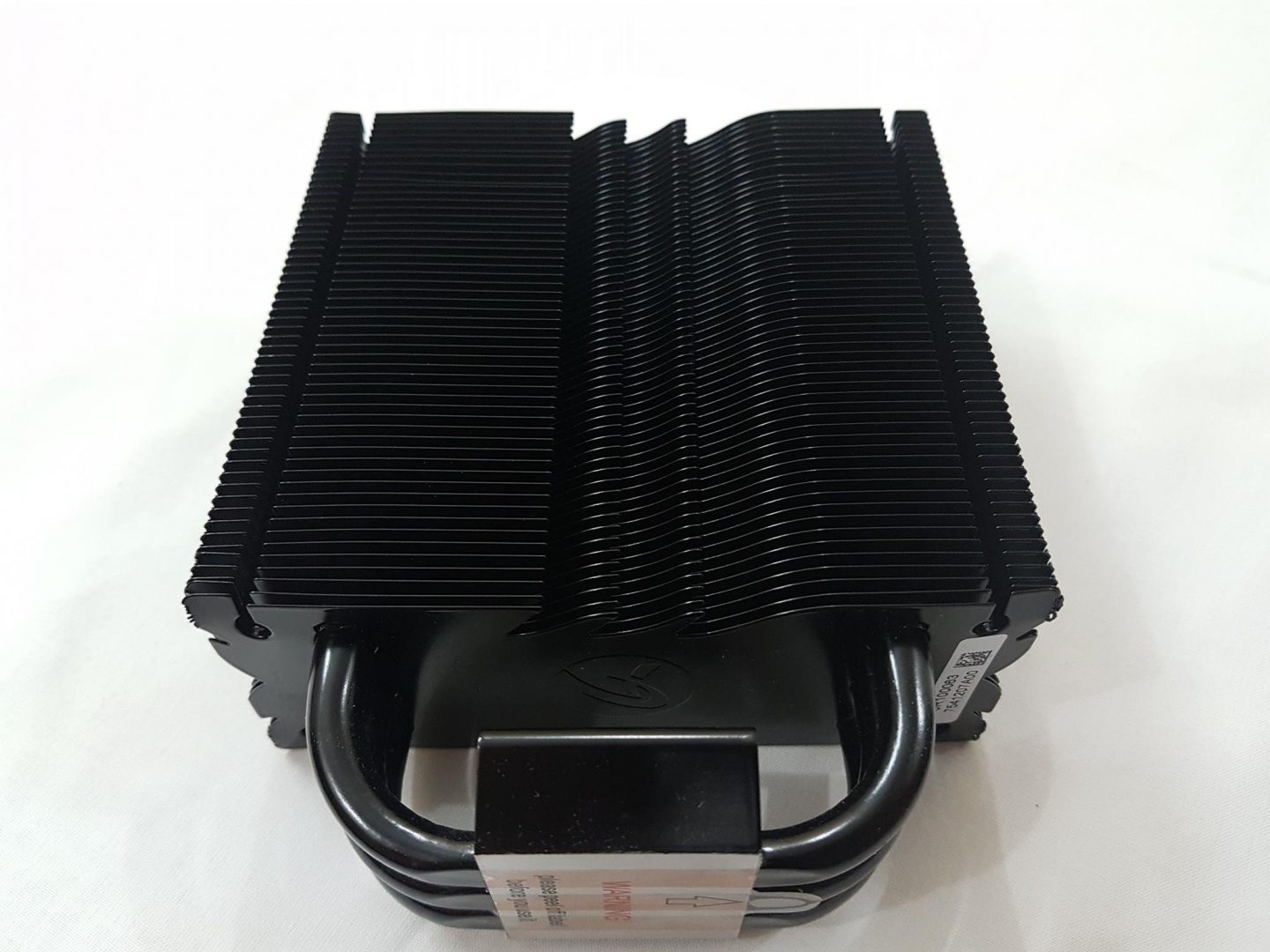
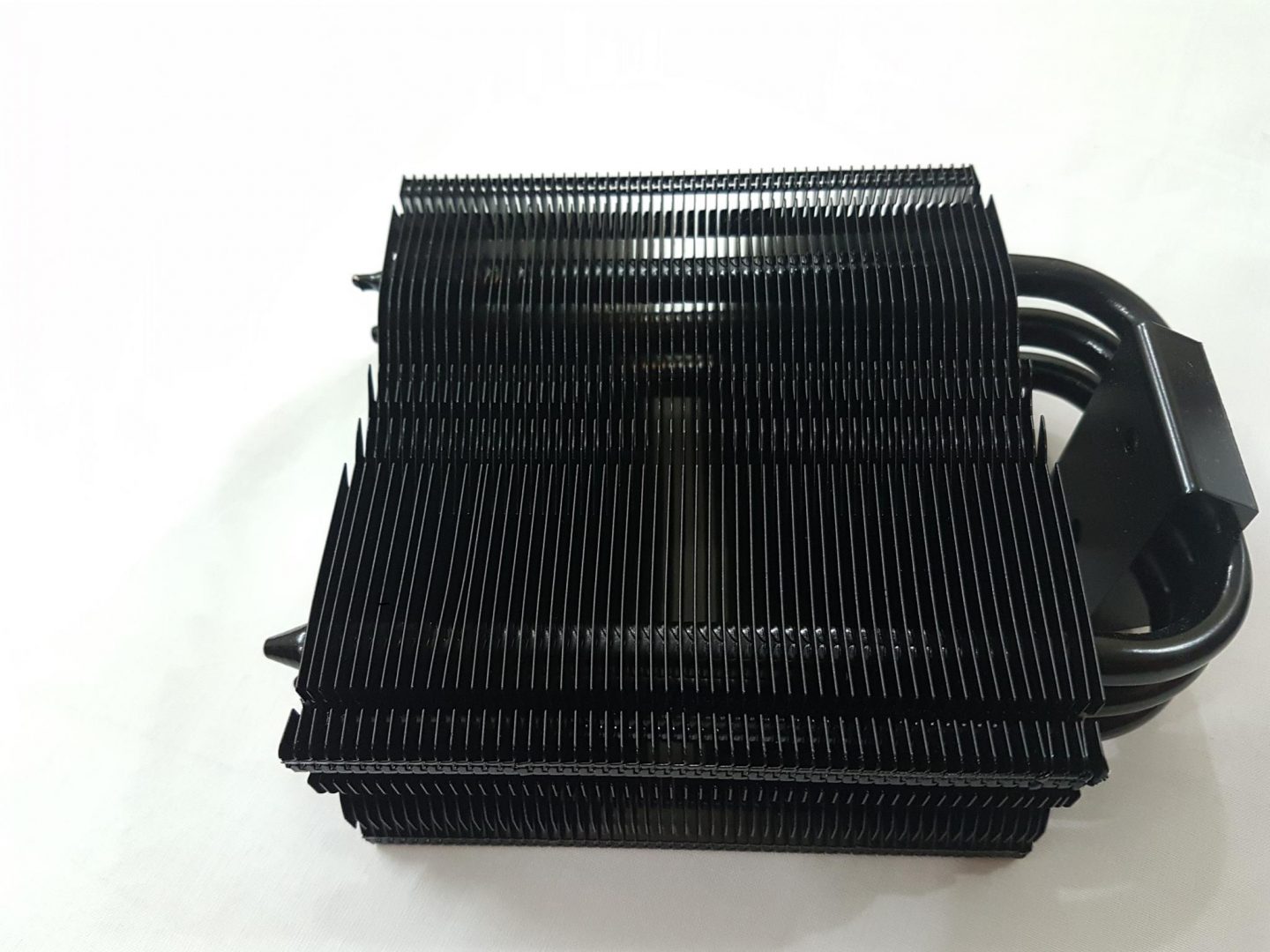
We have 3 heat pipes each of 8mm thickness. The Raijintek has implemented heat sink displacement somewhat effectively as 3 heat pipes coming out of the base and going in the heat sink are in a linear fashion. Taking both sides of the heatsink in counting, we have 6 heat pipes in total.
The base of the cooler has been black coated as well to give a uniform look. The base material is CPU Direct Contact (CDC). Under CDC, the heatpipes make a direct contact with the HIS of the CPU for better heat displacement but Leto does not have a continuous CDC implementation. A warning label is printed on the protective sheet informing the user to remove this label before mounting the cooler. There are two screw holes on the top side of the base. This is where the supplied crossbar fits in. For more details, please refer to the installation section. The base has angled finish from both sides. The lower section is less in length as compared to the upper section.
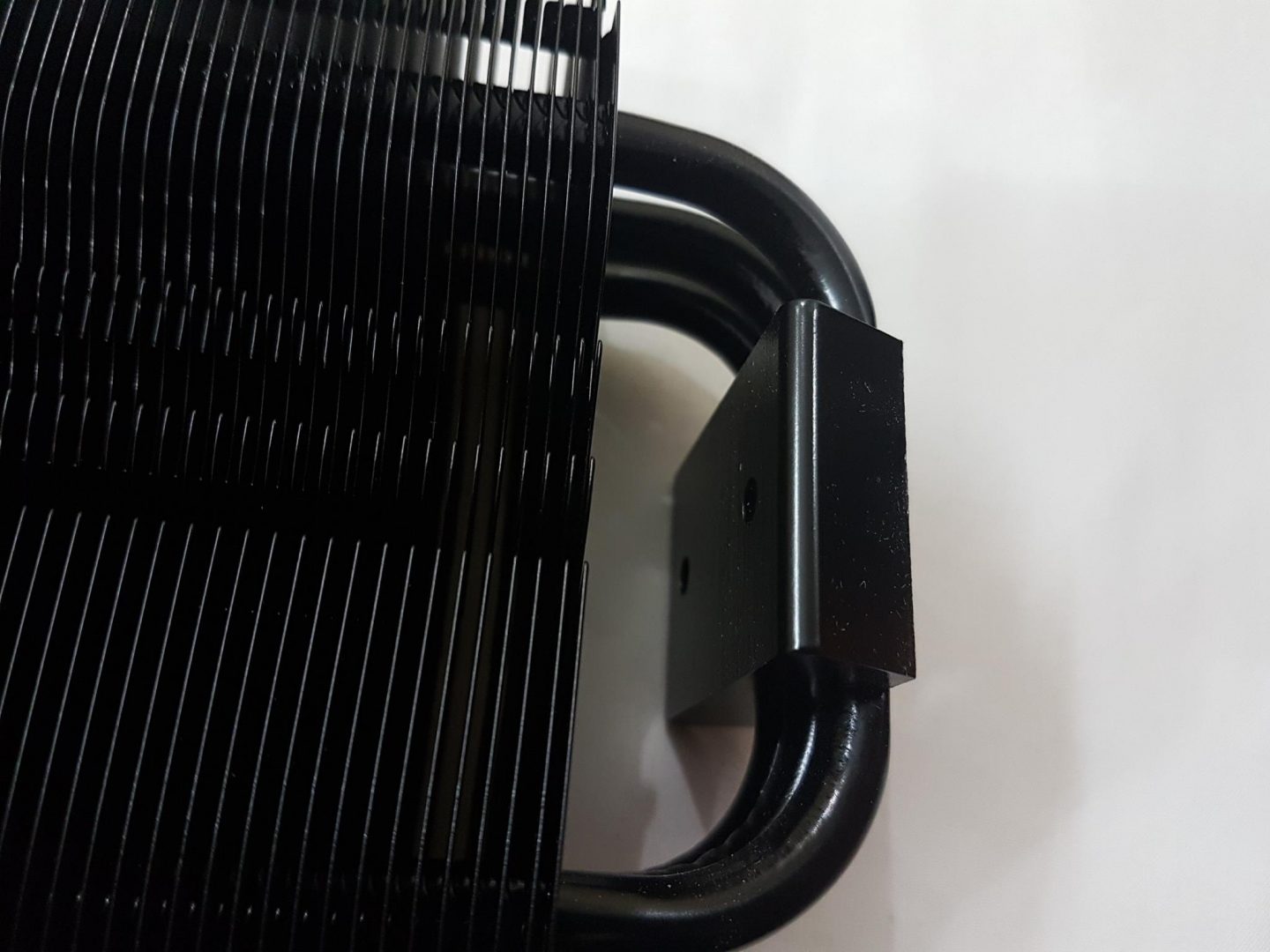
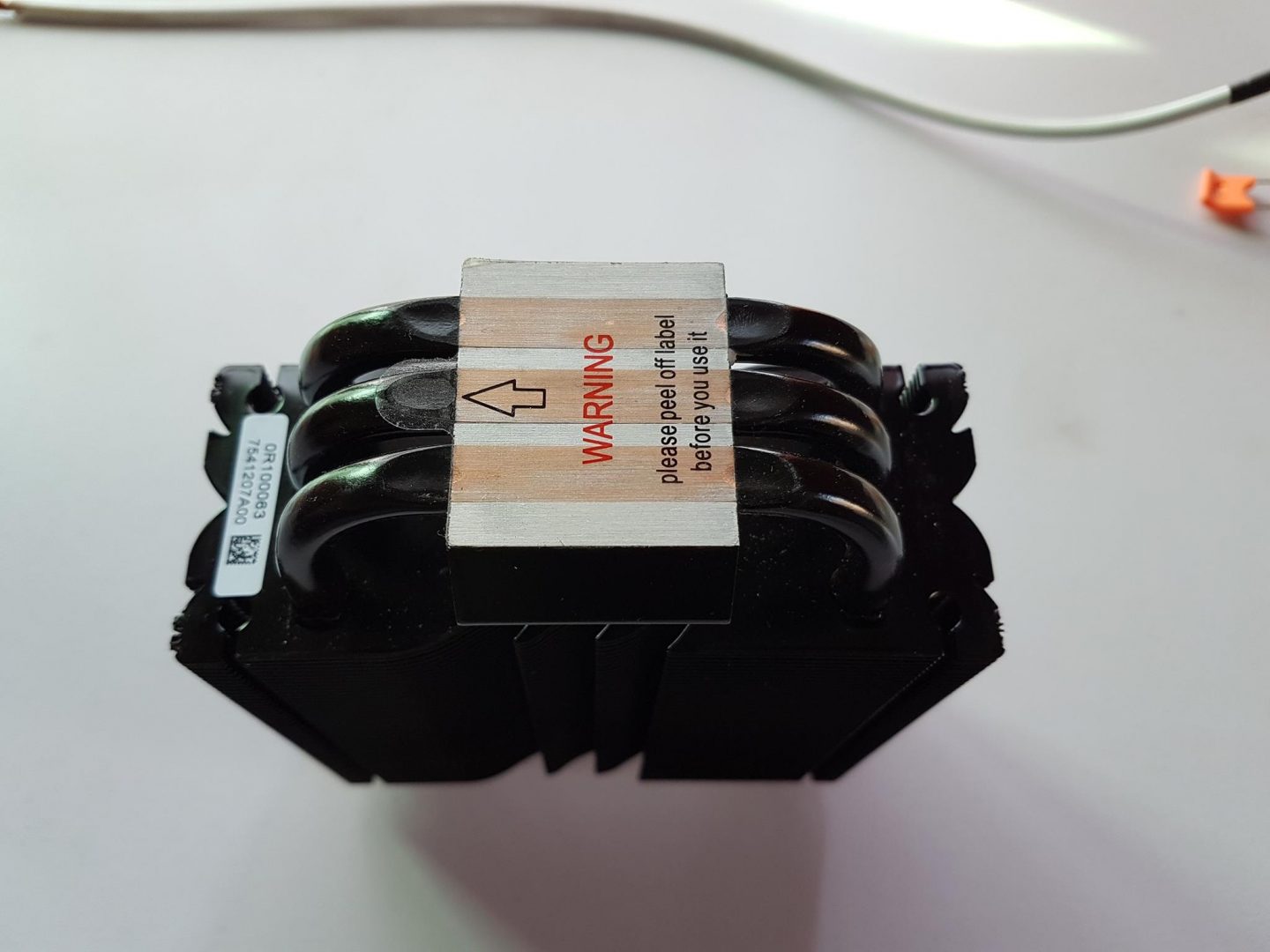
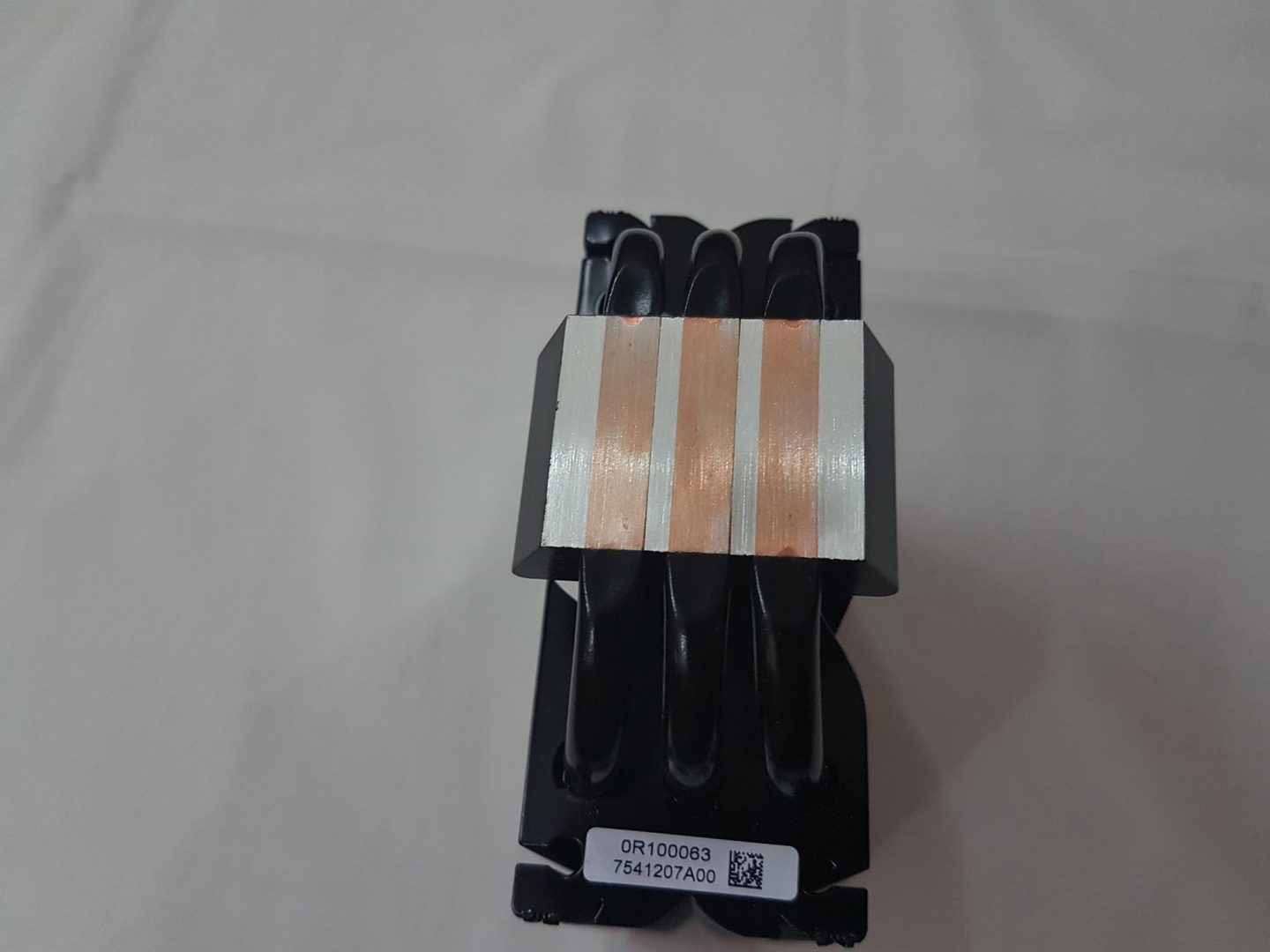
The cooler is supplied with a 120mm or 12cm fan. The fan has an impressive design. It is an LED fan with 8 LEDs installed in the motor hub section. It has 8 transparent fins. There is a white color ring on the inner side of the frame which reflects and disperses the lighting effect in a more subtle manner. Raijintek Corporation and brand logo are printed on the sticker pasted on the motor hub. The main frame of the fan is also rounded not squarish but it does have standard 120mm fan’s installation points for ease of mounting.
It is a DC Brushless fan with DC 12V and taking 0.26Amps. Raijintek brand name and logo are printed on the sticker on the back side of the fan’s central hub. The fan is not an RGB LED one but it has static lighting. Our sample has blue color LEDs on it. The power cable of the fan is approx 550mm long and is not a sleeved cable.
To mount the cooler on the heatsink, the Raijintek has provided two mechanisms. Either of it can be used as per the user’s convenience. There are 2 standard clips as well as anti-vibration rubber mounts.
Installation
To test the cooler, Asus Rampage V Edition 10 based on socket LGA 2011-V3 (X99 platform) was used. On this socket, there is no need to install the backplate but for AMD and Intel LGA 775/115x/1366 sockets, a back plate would be required. I started with thermal paste. Cooler Master MakerGel Nano Ultra was used to ensure the standardization among all coolers tested on my test bench. Pea size method was used. The paste was even spread using applicator on the IHS of the CPU (Intel 6850k).
Next, the 4 screws for LGA 201x were installed in the pre-drilled holes of the motherboard.
Next, the Intel mounting plates were placed on the screws. Take care while installing the mounting plates. The cooler can be mounted vertically or horizontally subject to clearance from the top of the PC Chassis and the first PCIe slot. Cooler’s width is 122mm. The cooler was installed in the horizontal orientation.
Next, 4x metal nuts were put on the top of each thumb screw above the mounting plates and were tightened using a screwdriver.
The inner side of the cooler base has mounting support for the crossbar. Place the crossbar in such a manner that the side with embossed Raijintek faces upward. Align the holes on the crossbar with the base.
Next, place the cooler on the top of the CPU such that screw holes on the crossbar align with the mounting plates. Don’t screw fully from one side rather use few torques at a time on both sides and maintain pressure on the center of the cooler otherwise cooler can be installed incorrectly and thermal performance could suffer. Supplied screws are not spring loaded.
To install the fan, the user can either use 2 metal clips or the anti-vibration rubber mounts. I used the rubber mounts. Refer to the user guide for more details.
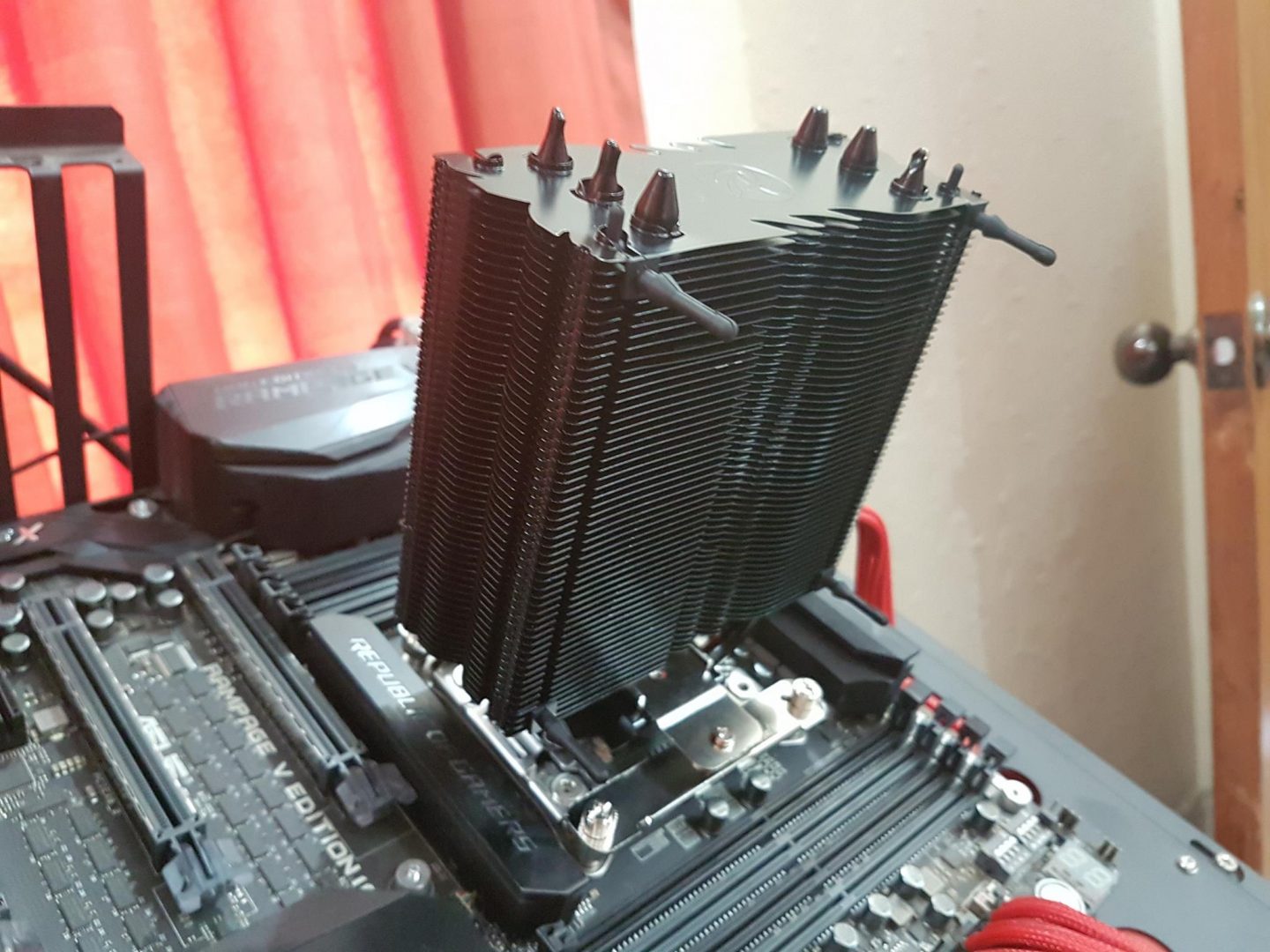
Compatibility and Clearance
Before digging in the test bench and results, I would like to share few words on the compatibility of this cooler with the Chassis, the RAM and the first PCIe slot.
Clearance with Chassis
Cooler’s height is 157mm with a fan. Users would need to check the specs on the chassis to see if the cooler can be fitted inside that chassis. For example, Corsair 780T has clearance for the CPU cooler up to 200mm height hence there is no incompatibility with this chassis at all.
Clearance with first PCIe Lane
The cooler has good clearance from the first PCIe lane. Asus GTX 750Ti was installed in the first slot. No compatibility issues were observed.
Clearance with RAM
Out of the box, this cooler has as such no RAM Incompatibility. The fan leaves enough room for the last DIMM slot that any height RAM can be installed.
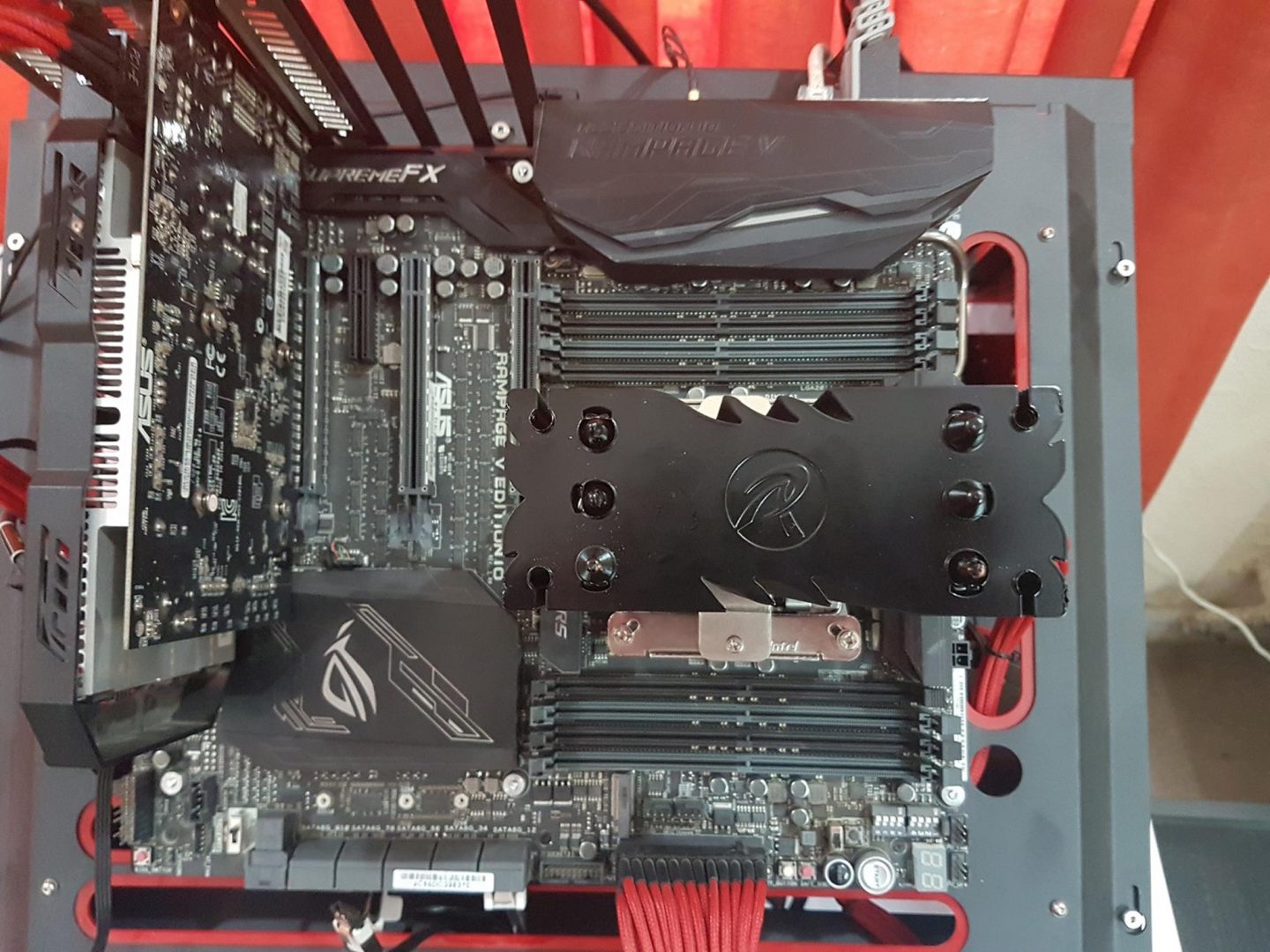
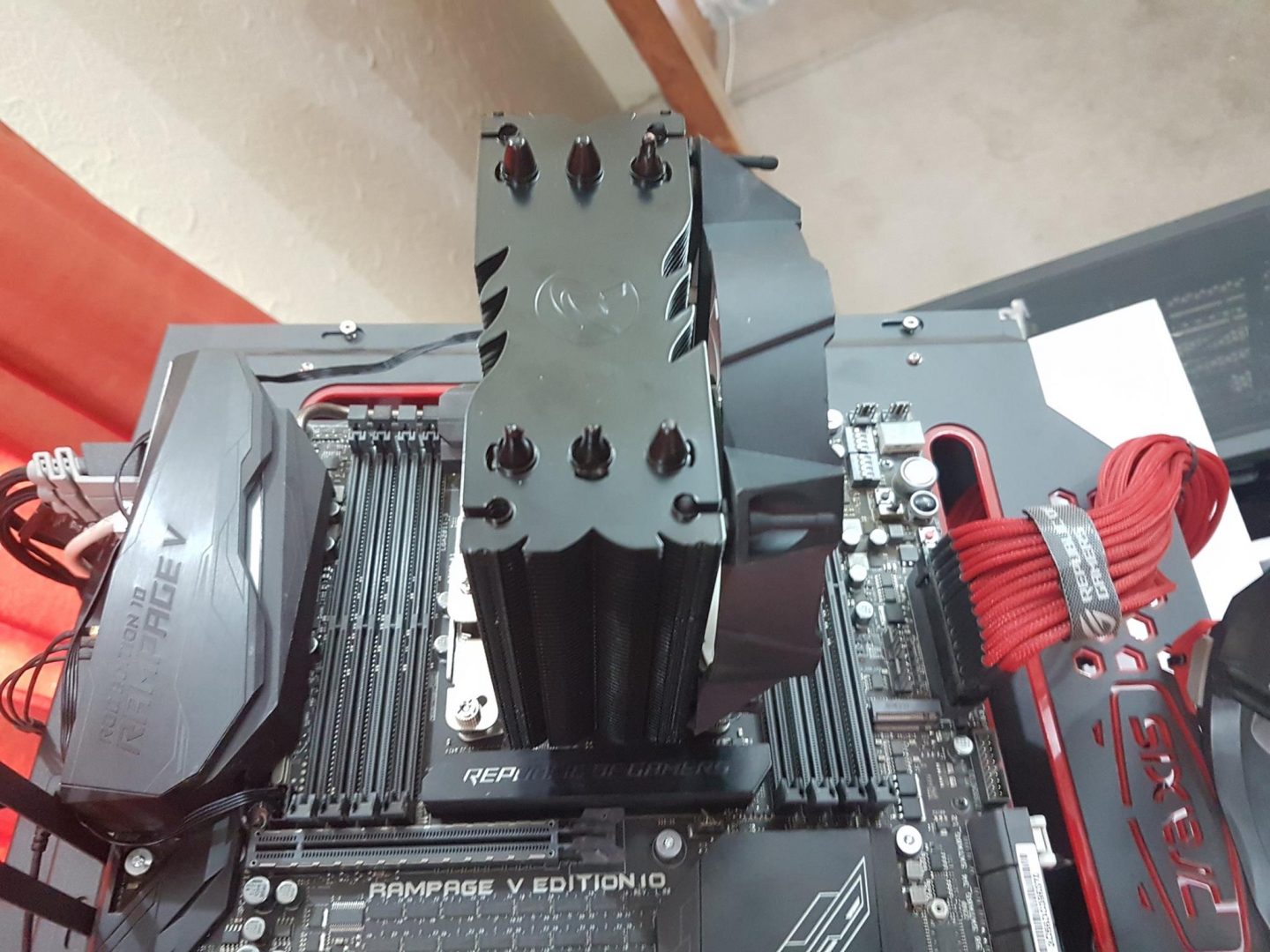
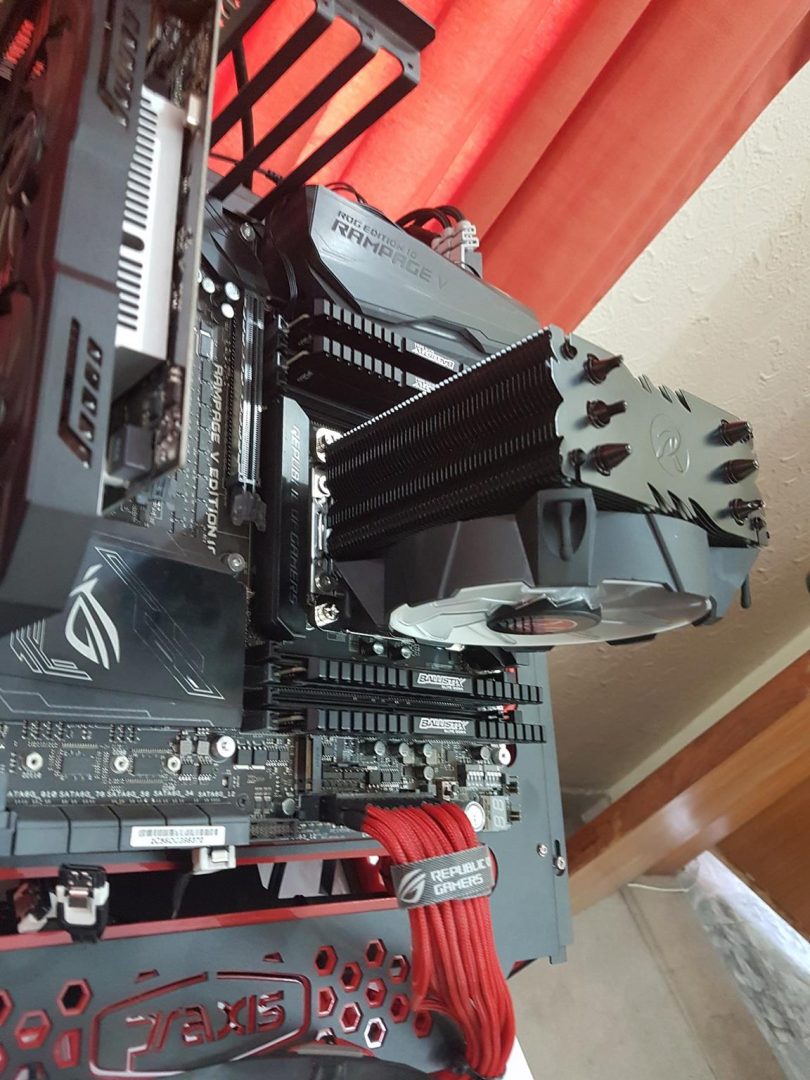
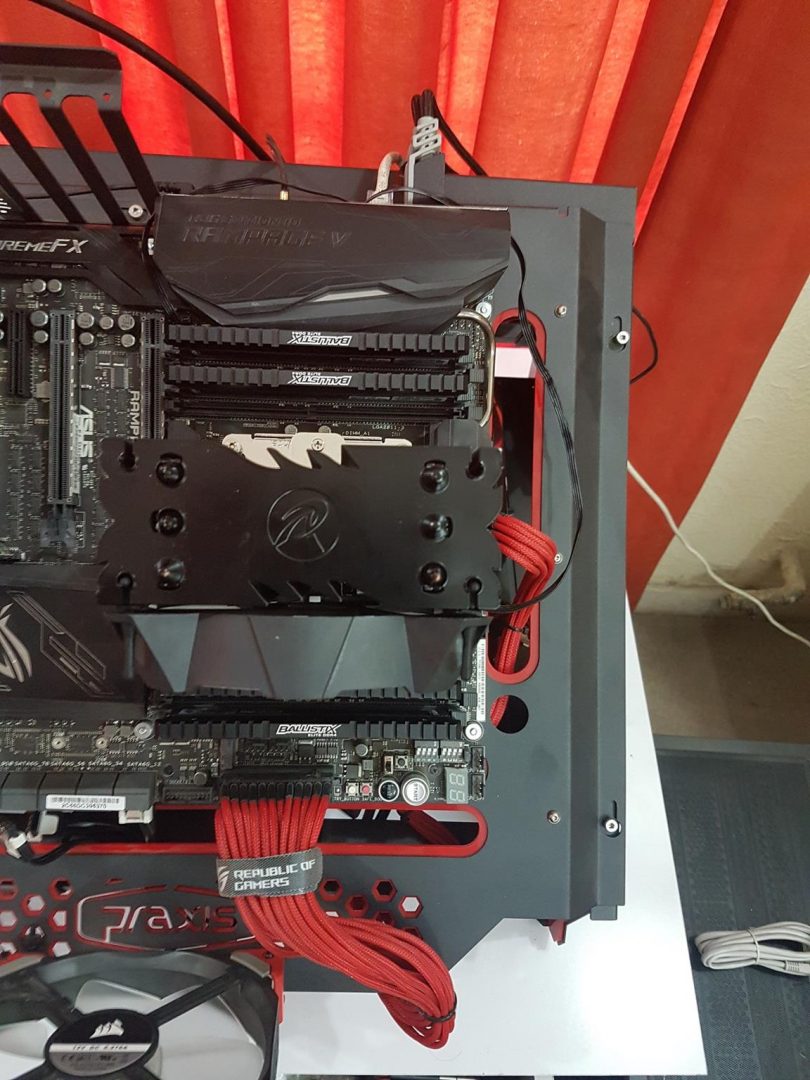
Test Bench
Following test bench was used for testing this cooler: –
- Asus Rampage V Edition 10
- Intel i7 6850k
- Crucial Ballistix Elite 4x4GB @ 3000MHz
- Asus GTX 750Ti
- Samsung 840 EVO 250GB SSD
- WD Black 6TB
- Corsair AX 1200i
Cooler Master MasterGel Maker Nano Ultra was used during all tests.
Following software were used for the testing and monitoring.
- Asus Real Bench v 2.44
- Real Temp GT v 3.70
Testing was done on Microsoft Windows 10 x64 Pro edition.
Battlefield 1 was used to take note of the temps while gaming.
Methodology
Ambient temp of 20C was maintained with delta correction of +/-1C. All reported temps are in degree Celsius. Below is the table for the settings used:
| Settings | Stock | Overclocked |
| VCore [Manual] | 1.136V | 1.360V |
| Frequency | 3.6GHz with the Turbo boost of 3.8GHz | 4.40GHz |
| XMP | Yes | Yes |
CPU core voltage was set to manual to avoid the voltage spikes and to ensure the standardization among all tests for better calibration of the data. The fan was set at 100% RPM. The cooler was tested on stock settings for 30 minutes stress run to take the temp readings. Minimum and Maximum values were recorded from the software. With overclocked CPU, the stress test was run three times on each cooler for 15 minutes duration with 30 minutes interval between each run to ensure that components cool down sufficiently before next run. This was important to take the near accurate readings of the temps. DRAM voltages were fixed as well.
Corsair H100i V2’s pump was set on High-Performance mode during all tests. Fans were not connected with the unit. Fans on H100i V2 were connected on the motherboard’s PWM header which was used for other coolers as well during complete testing. Temps during gaming were also recorded with overclocked CPU for each cooler.
Results
First run on stock settings, minimum temp was 24C. Idle temps really don’t tell the tale. Maximum temp noted was 61C which is definitely high. But keep in mind that this is a 140W TDP chip and we are talking about a budget, entry-level cooler here.
Next up is the result of the stress test when CPU was overclocked to 4.40 GHz at 1.360 manual VCore. Maximum temp noted was 90C which is very high but still within thermal limit though reaching that limit. It is clear that this cooler is not adequate for such monster chips with overclocking.
During gaming, maximum temp was 71C with 62C being the average temp.
Noise level was very impressive on this cooler. Even at 100% RPM, the fan was silent and Raijintek seems to have delivered with the fan.
Conclusion
Time has come to wrap it up. I will start with an apology first. This content was supposed to be published in July but unfortunately, I got femur neck fracture and it took me 2.5 months down the recovery road till I get the point where my Dr allowed me to start putting limited weight on the injured leg and a walk with support. I am thankful to the Raijintek for not only giving me an opportunity to test their cooler but also for their co-operation and patience. My bone has not yet healed and a gradual recovery is being made.
The Raijintek Leto is an entry-level budget cooler. It has a slim profile and a very attractive look to it. It is a 120mm heatsink with CPU Direct Contact base and 3 heat pipes each of 8mm thickness. Its height is just under 160mm with being 157mm to be exact. The beautiful thing about the cooler design is its black coating. This is the approach I would love all cooler manufacturers to take. The Raijintek has implemented their patented pressing heat pipe/fin technology to prevent the risk of heat-pipe damage in addition with patented solder-less louver fin assembly to increase heat-pipe ventilation.
The Raijintek has provided a stylish looking 120mm fan with this cooler. It has sleeve bearings and is a PWM fan with maximum RPM of 1800 at just 26 dBA. Airflow is 67 CFM. It has 8 LEDs but they are not RGB. Keep that in mind. There is a white color ring on the inner side of the main frame to diffuse the color effects more smoothly. This is least to say that I am impressed with the fan. It comes in three colors, Red, Blue and the White.
Value & Performance
The price of the Raijintek Leto at the time of this review is $36.99. The cooler could not perform that well but the blame should not be put entirely on the cooler after all cooling a 140W TDP chip with an overclock is not an easy job. I would love to test this cooler on consumer grade socket like LGA 1151. I might do another testing in coming times on that socket to see how this cooler would perform.
All in all, if you are in a market looking for a decent, less expensive yet stylish and LED enabled cooler with truly silent operations then the Raijintek Leto is a strong candidate, particularly when you are not into overclocking and using i5 or i7 with TDP of up to 91W or so. Even on my test bench, it has performed just fine on stock clocks.
This cooler has won Enos Tech Recommended award.
I am thankful to the Raijintek for giving me the opportunity to review their Leto CPU Cooler.
















